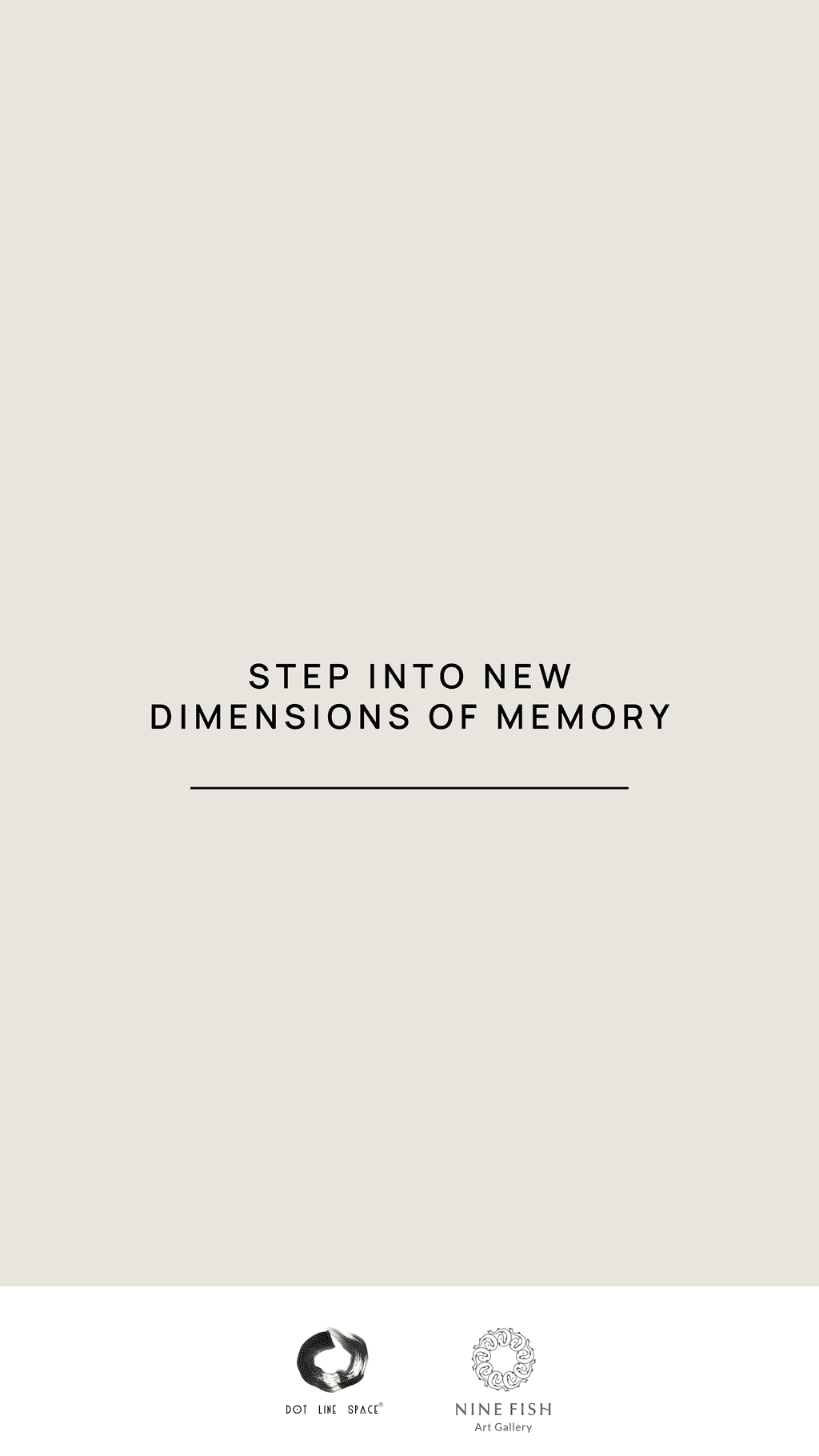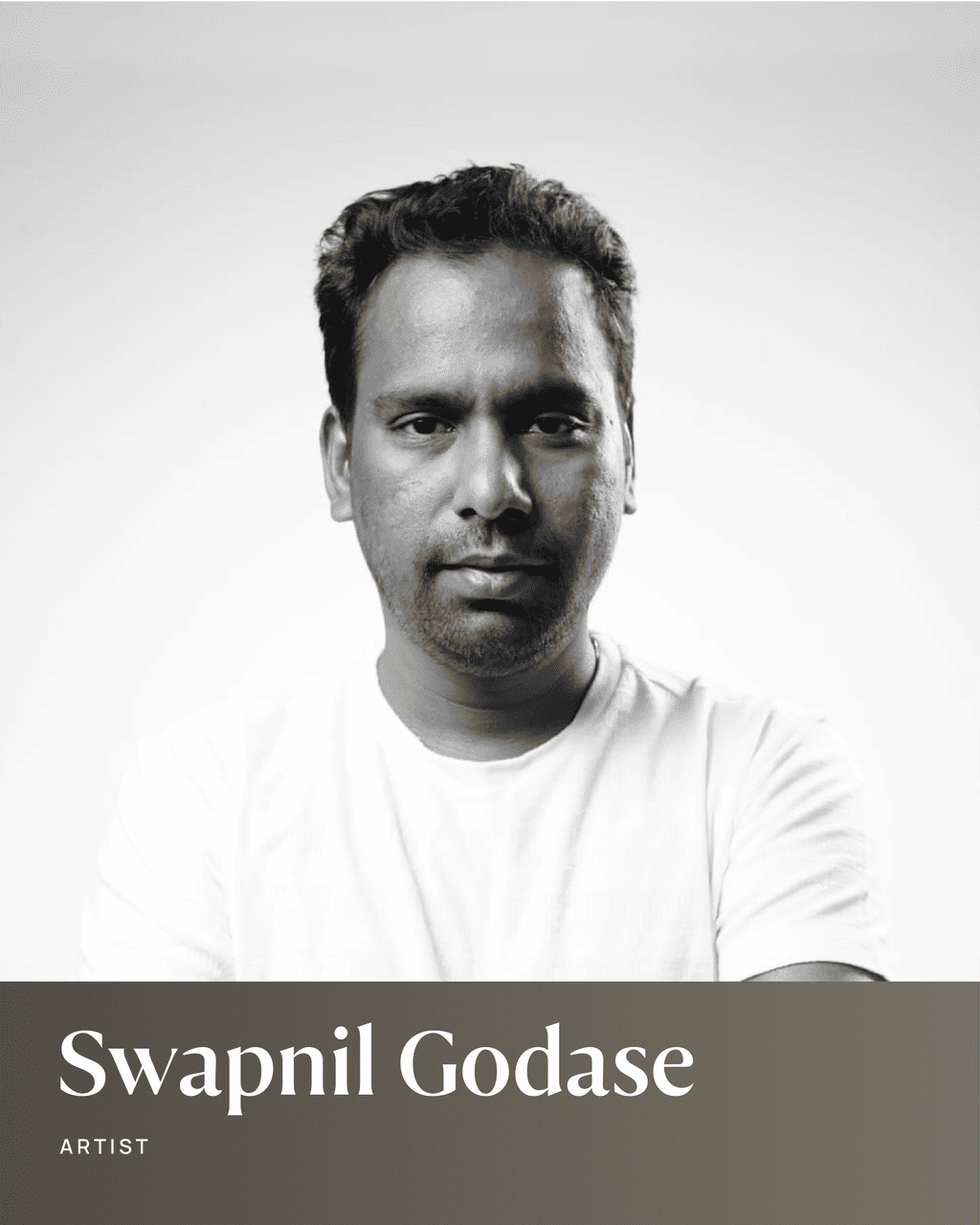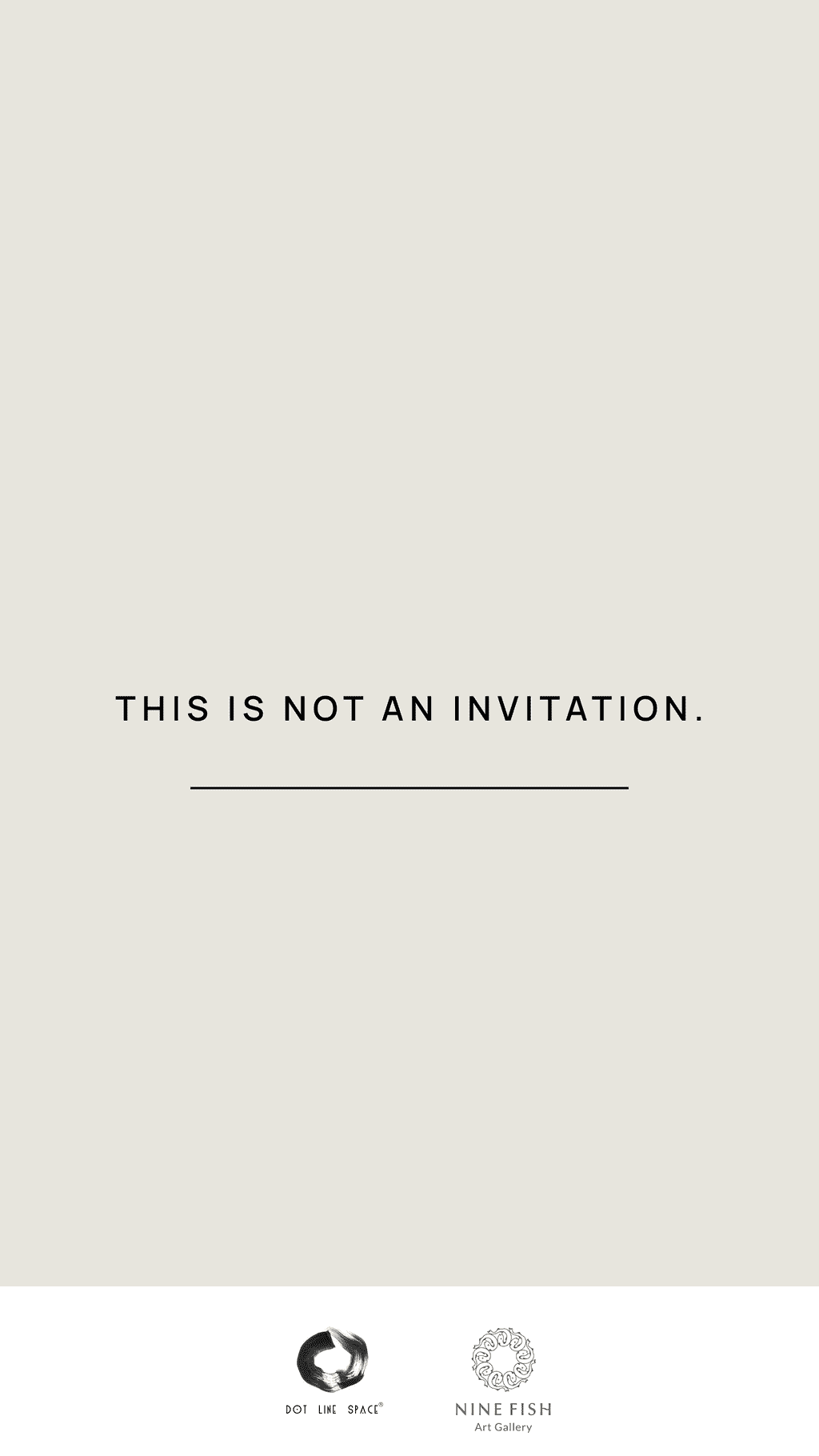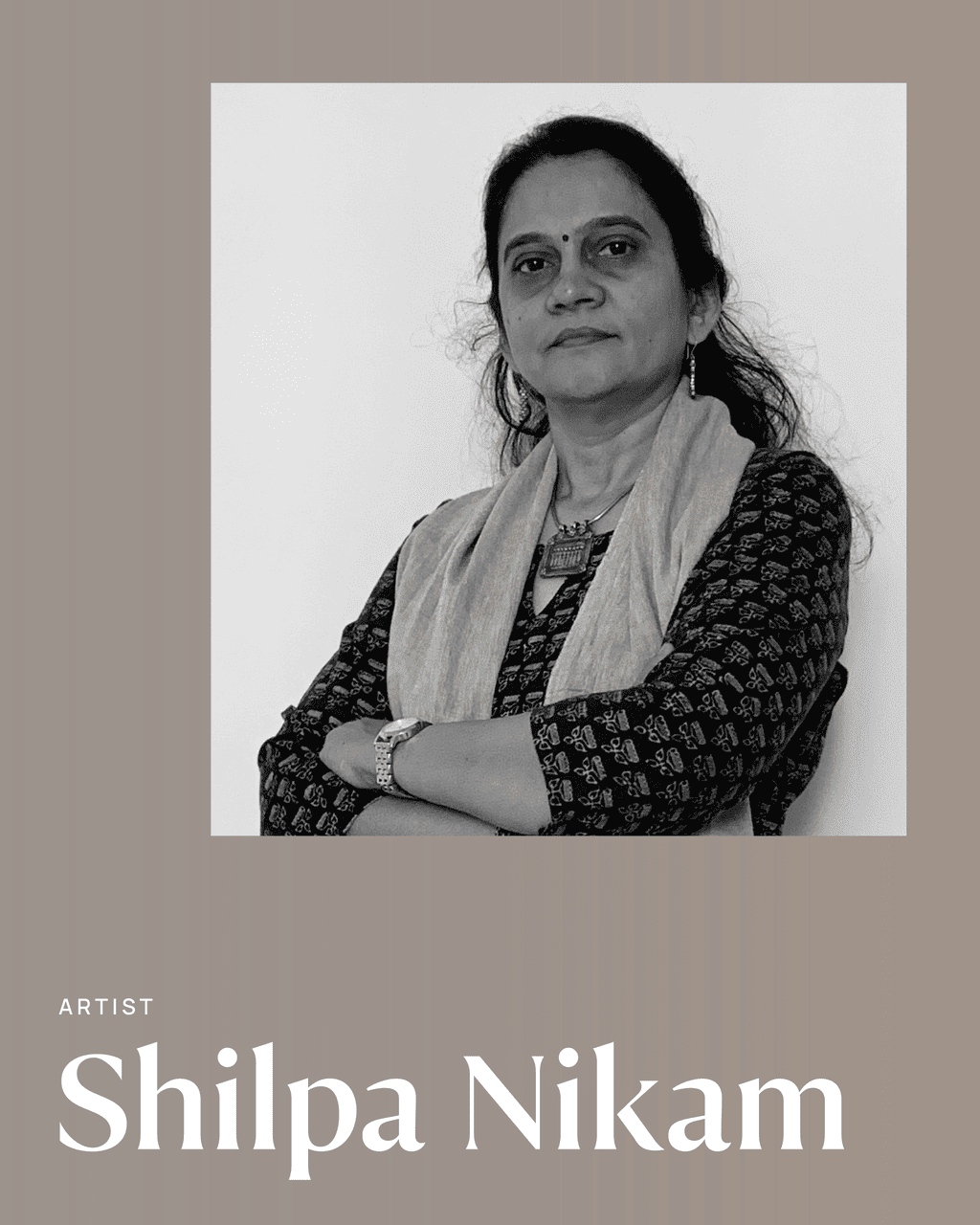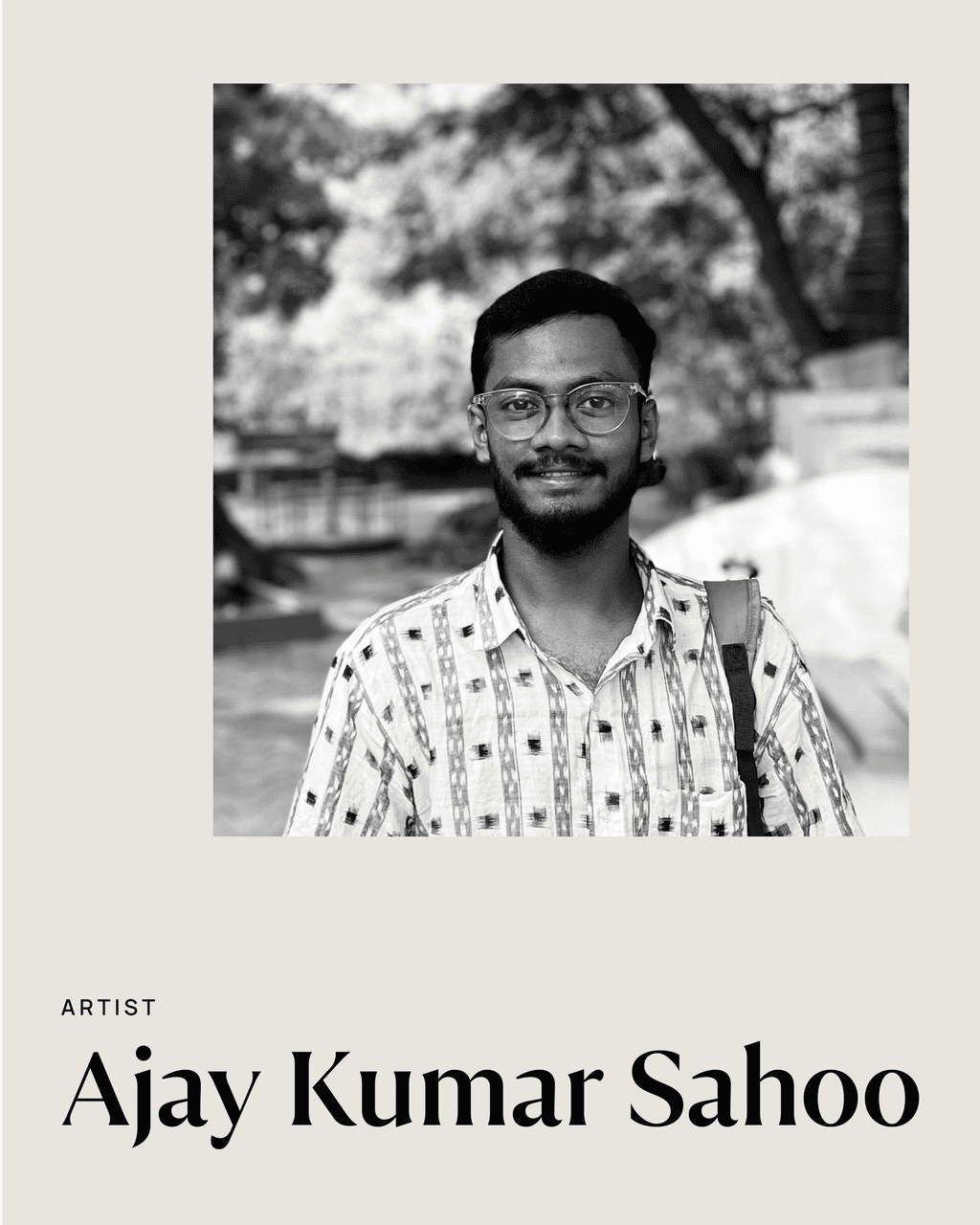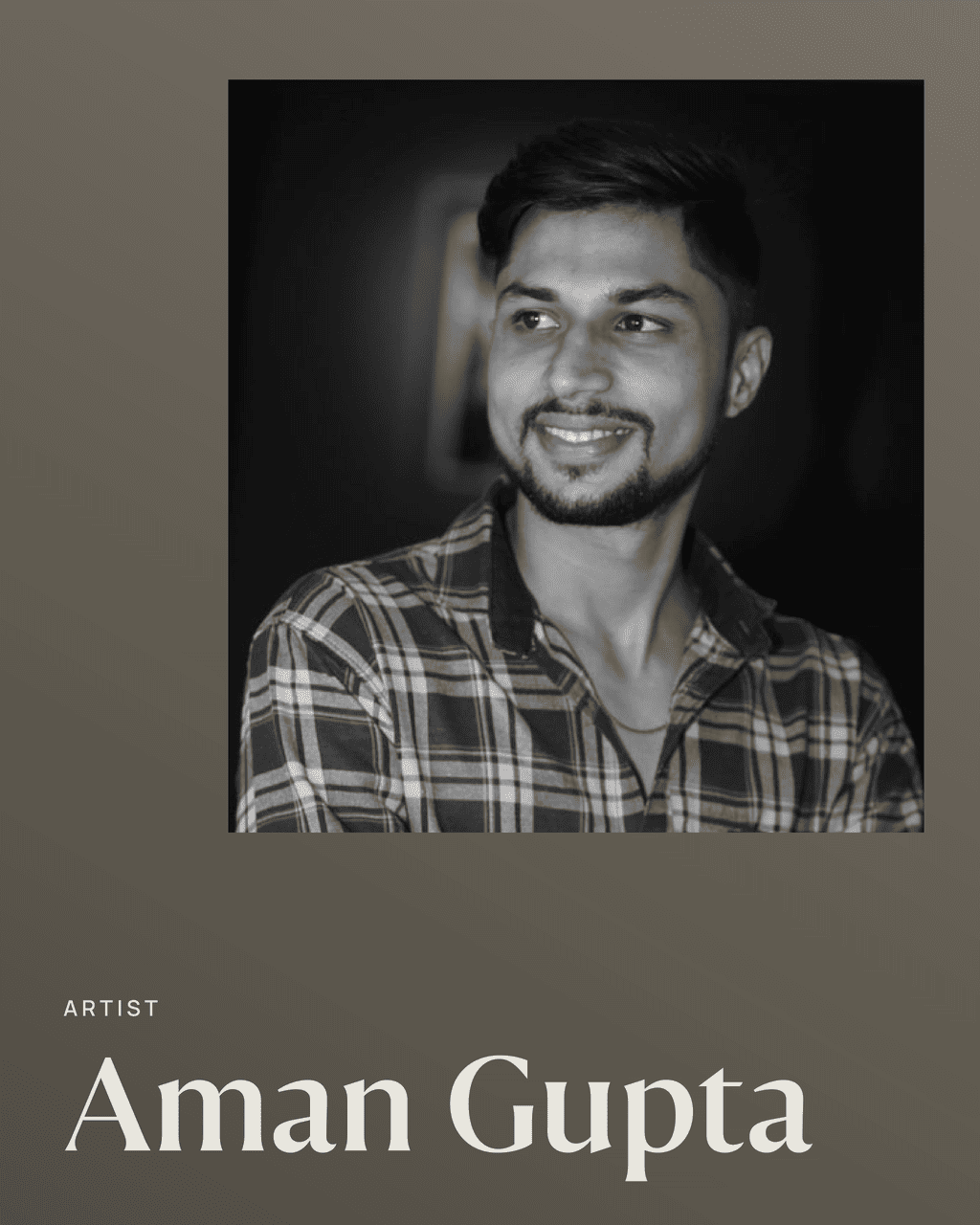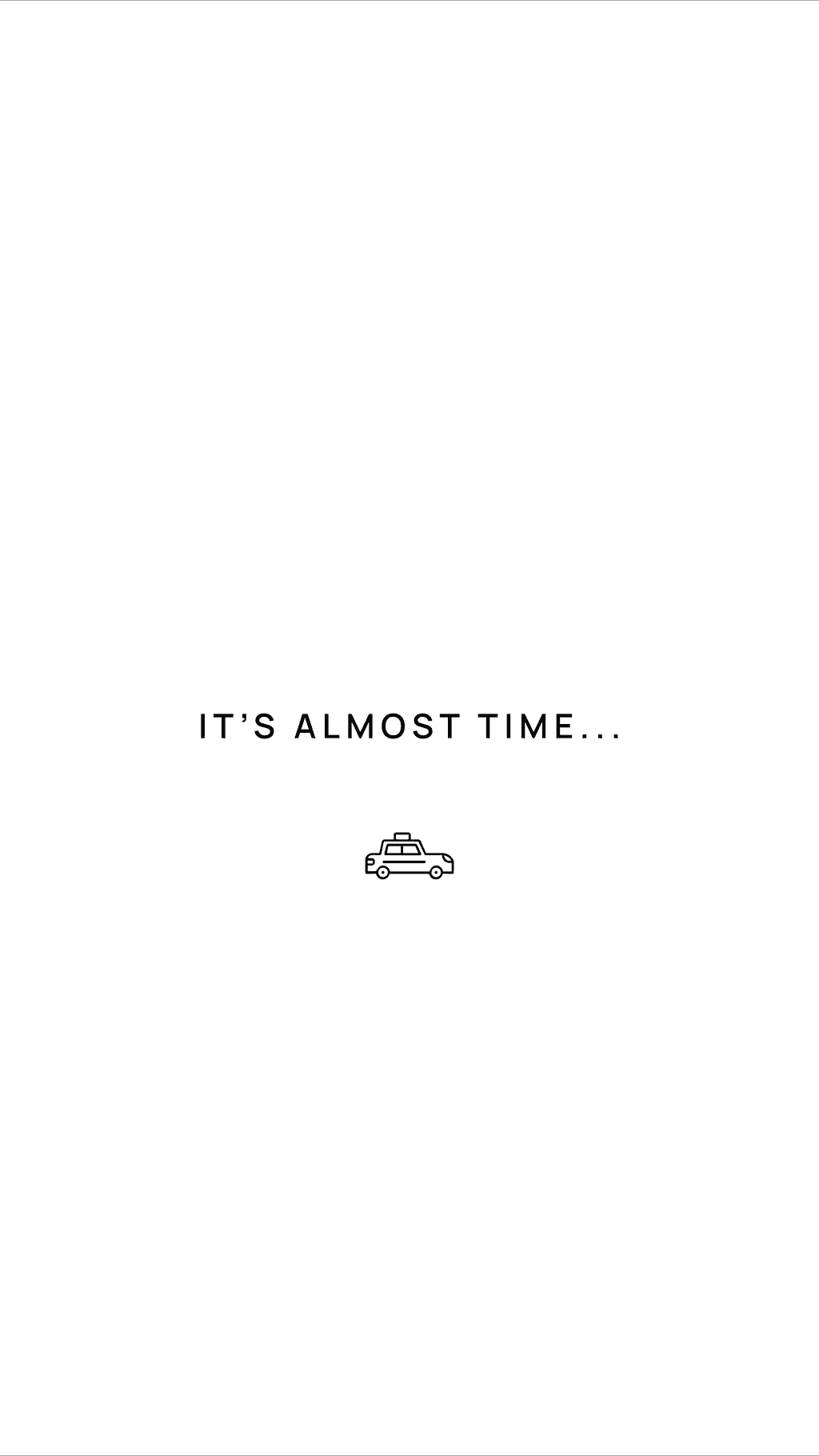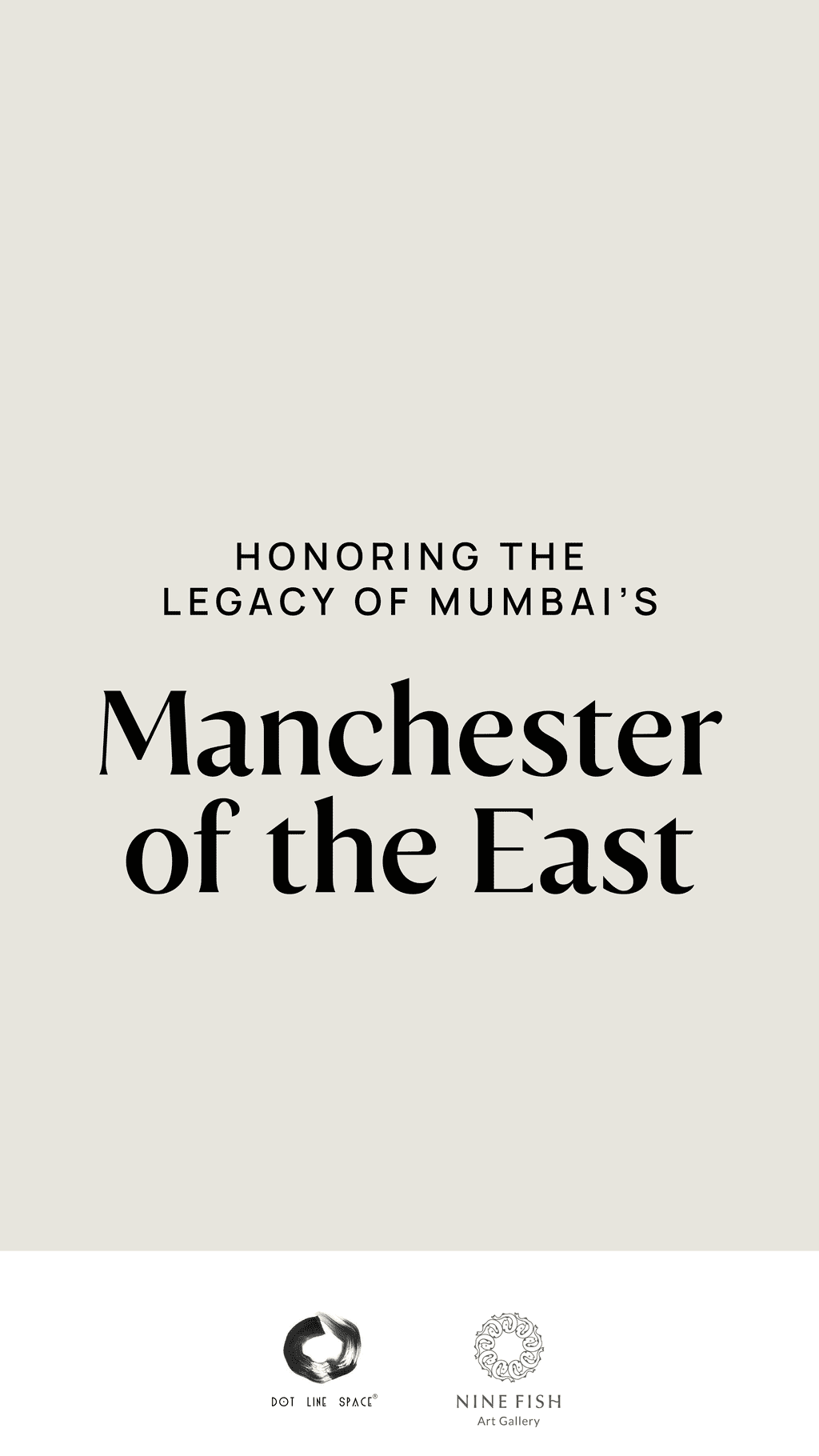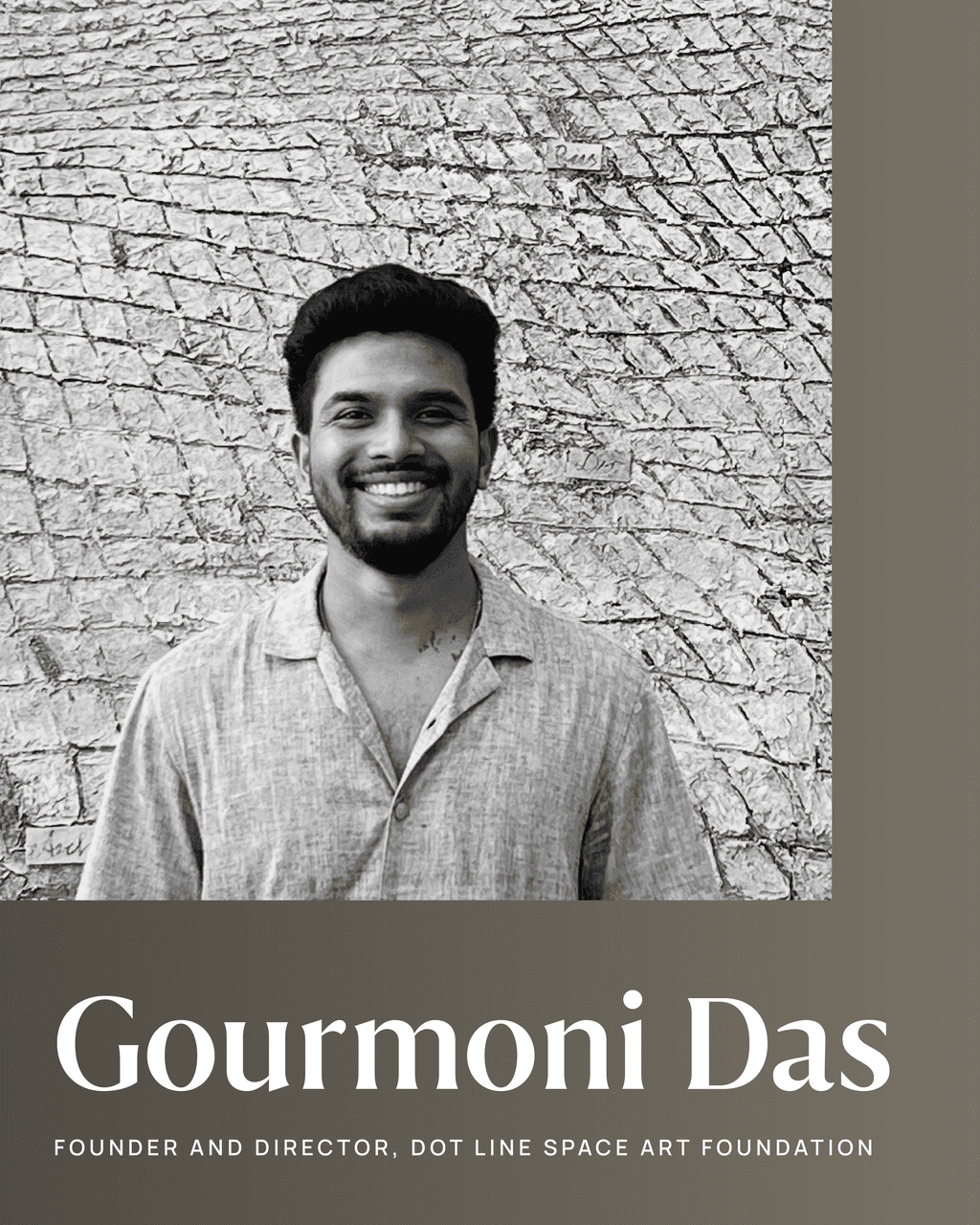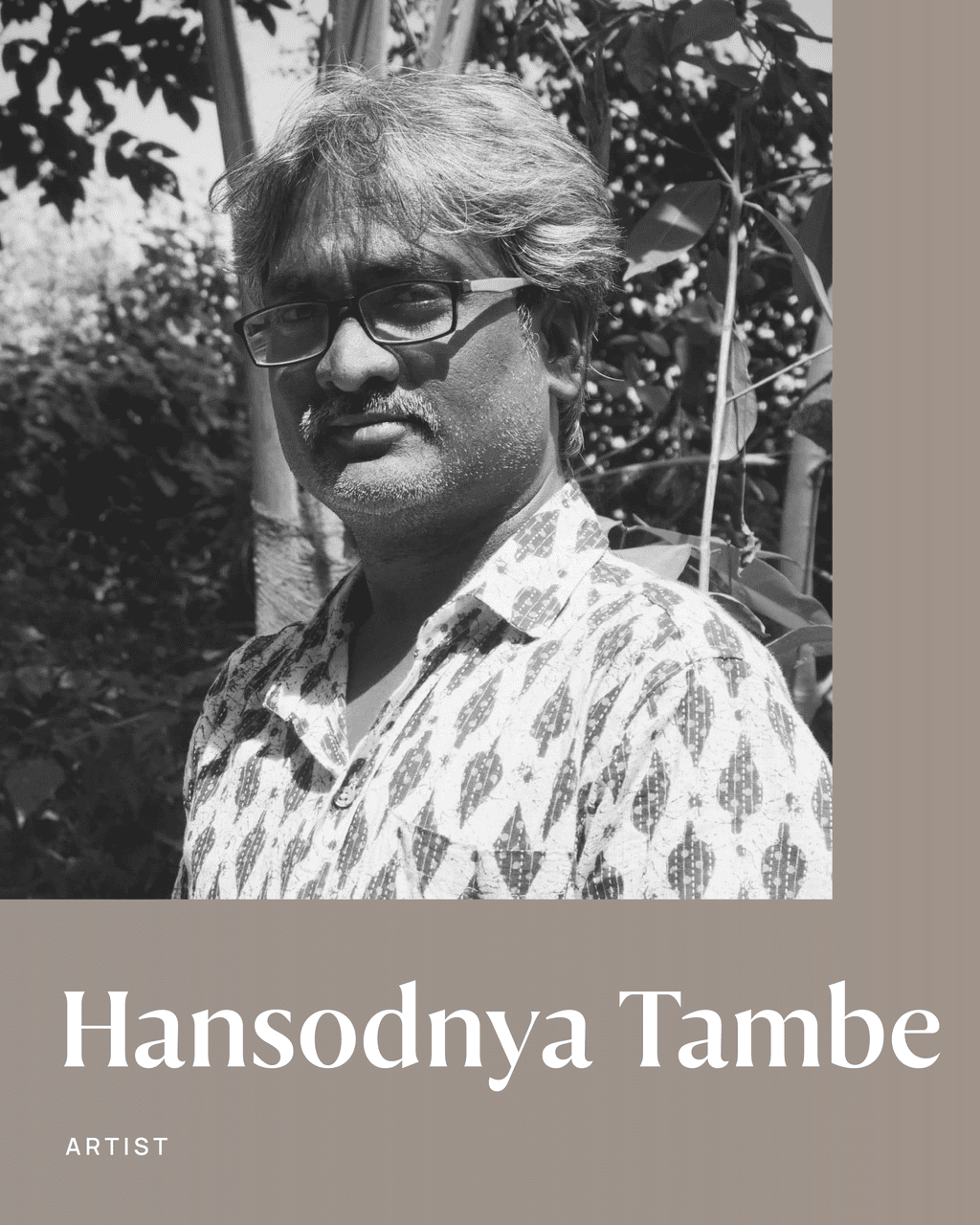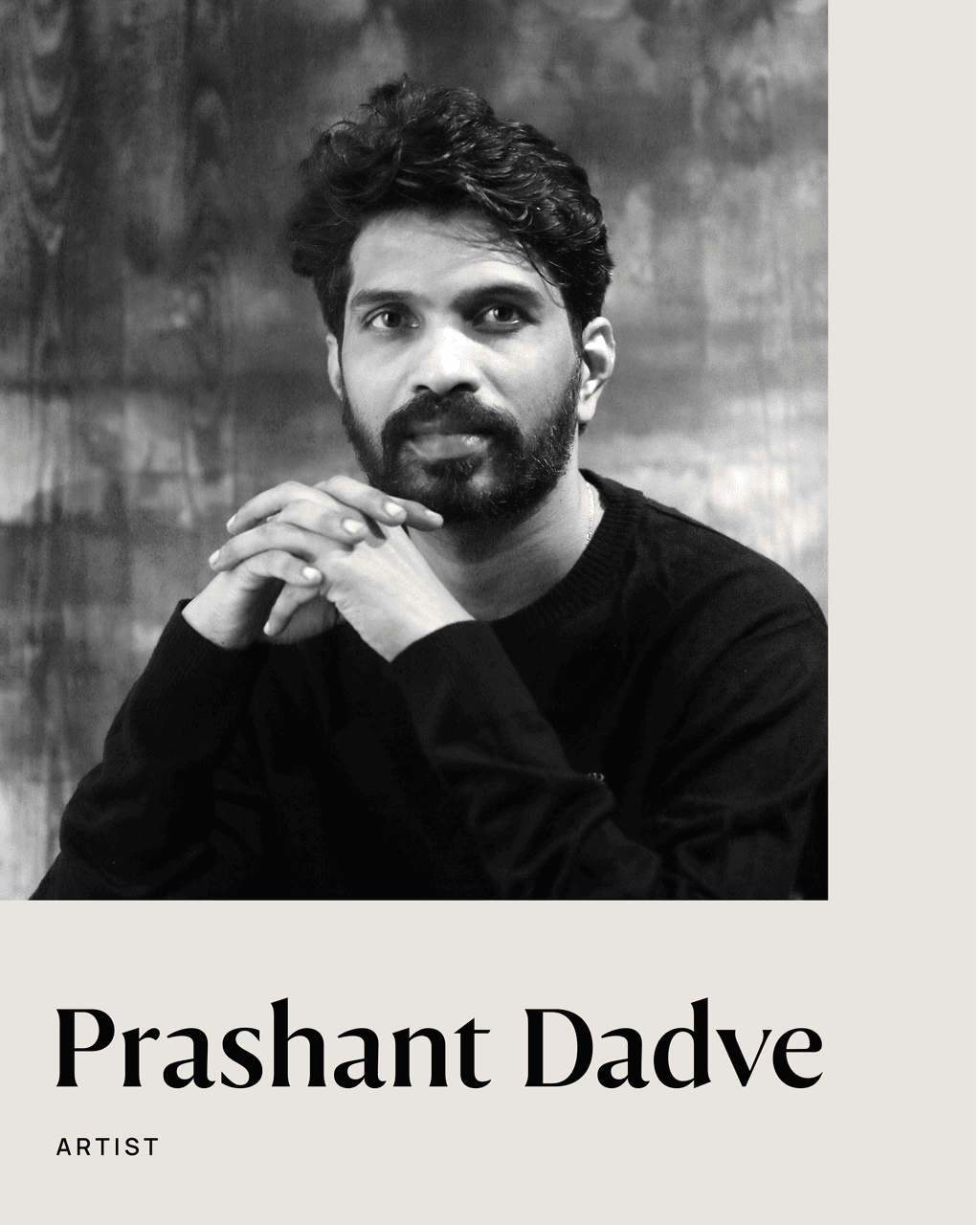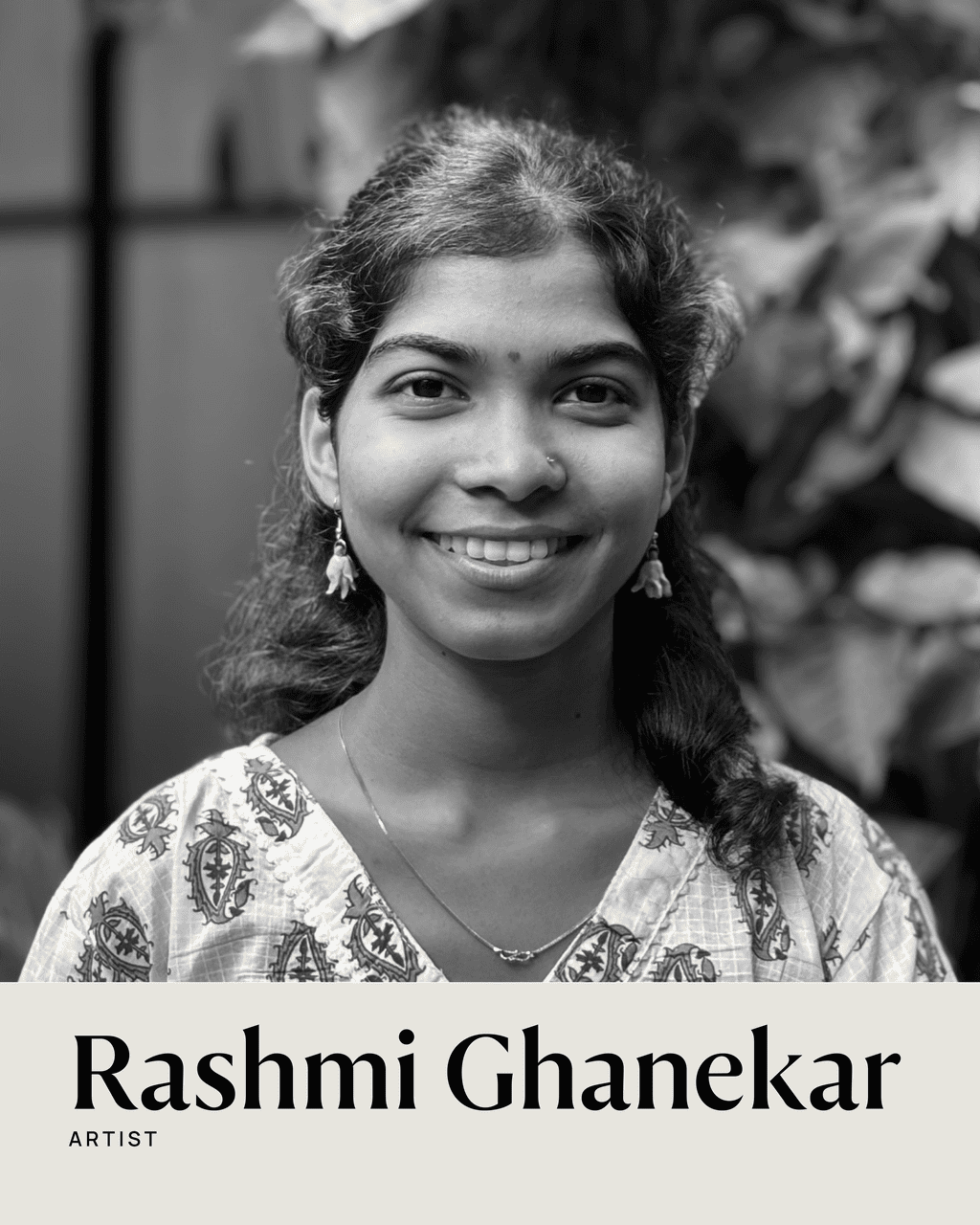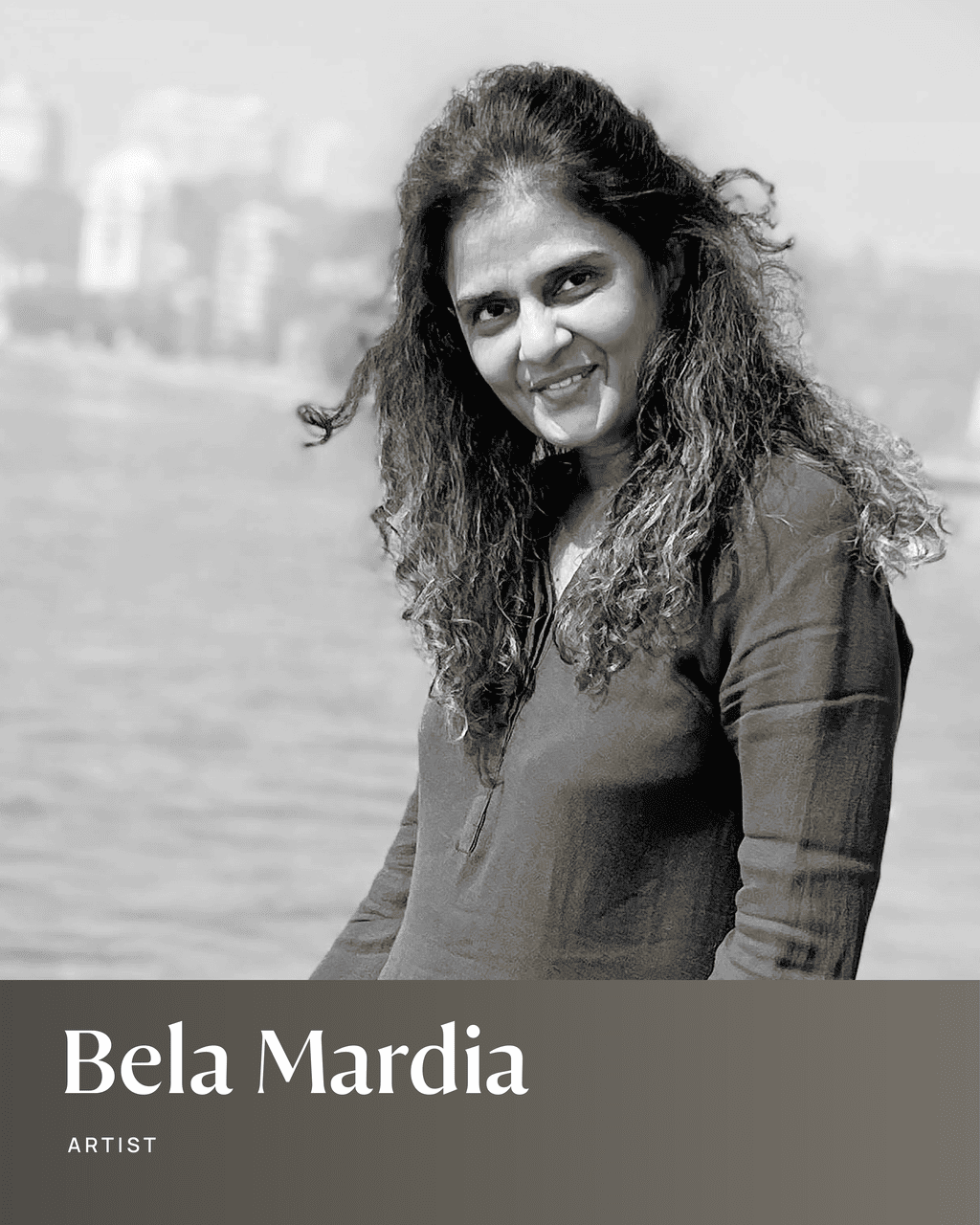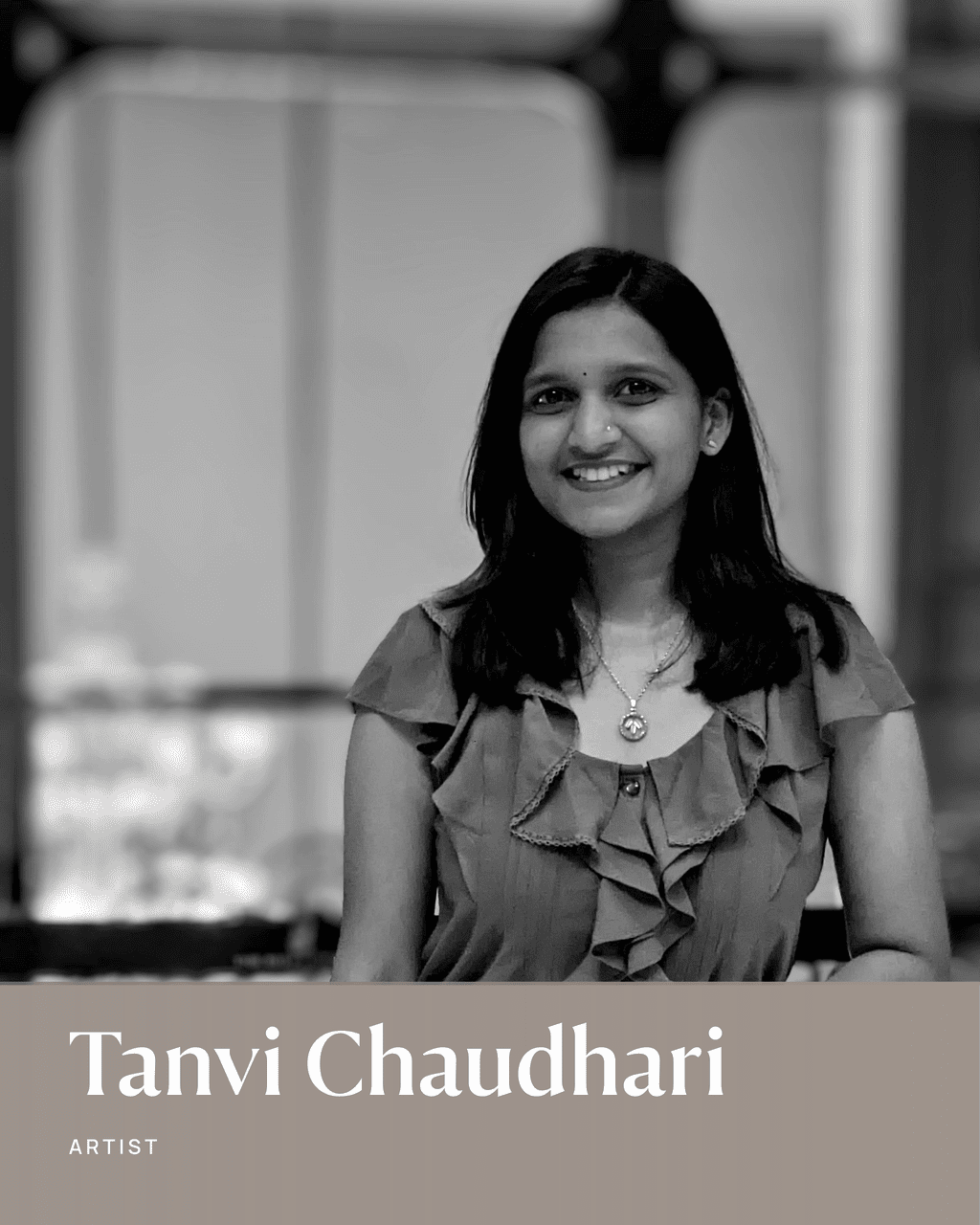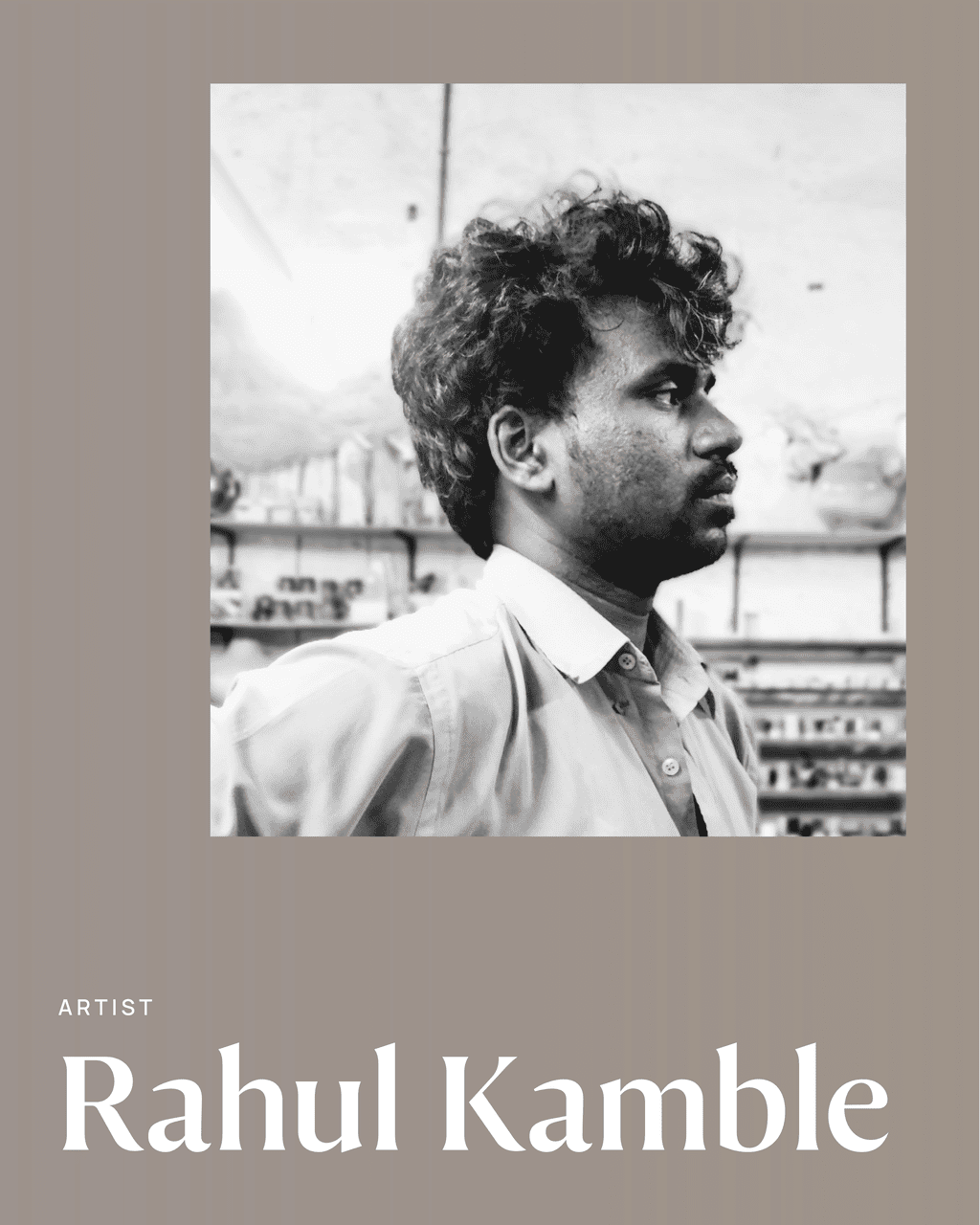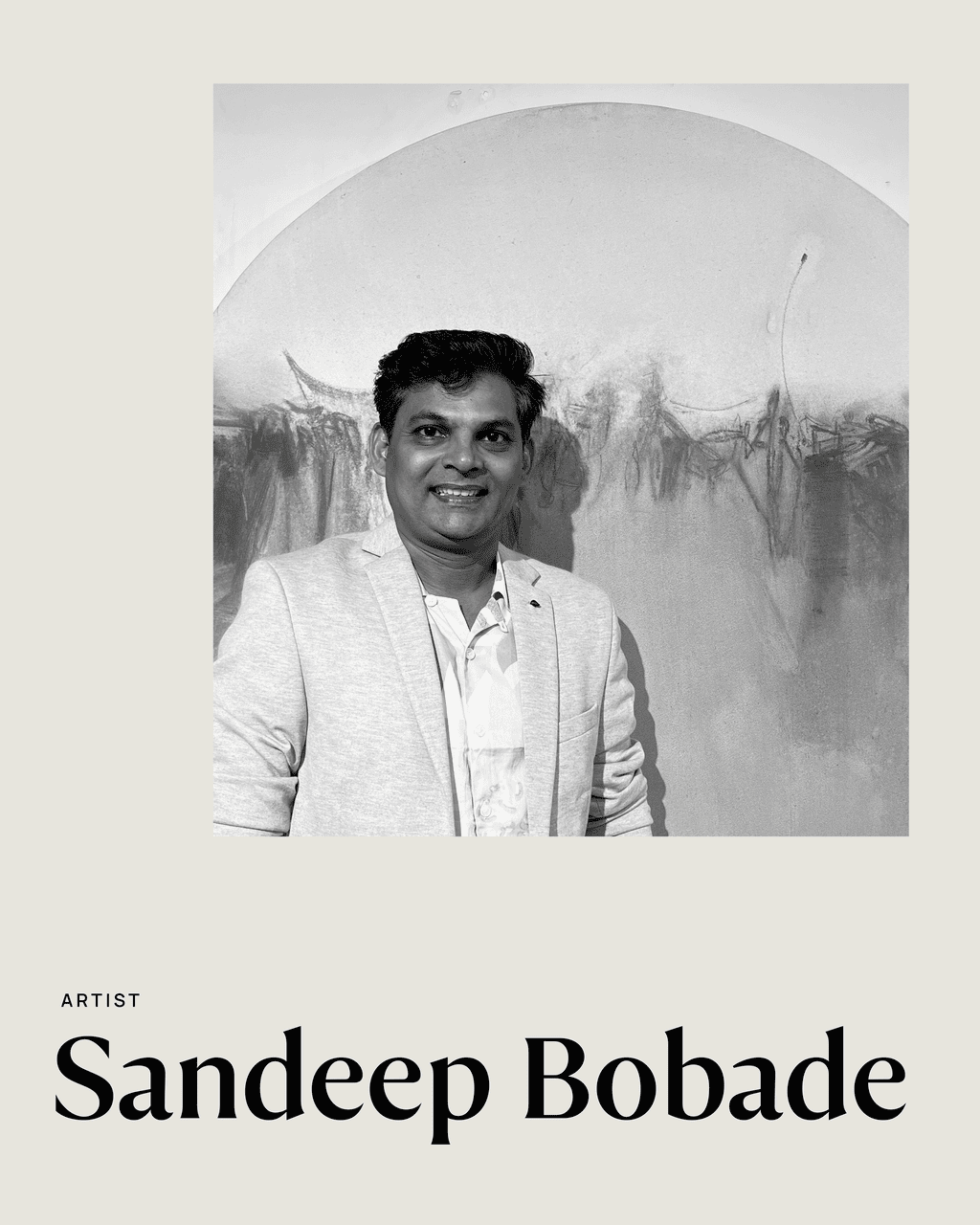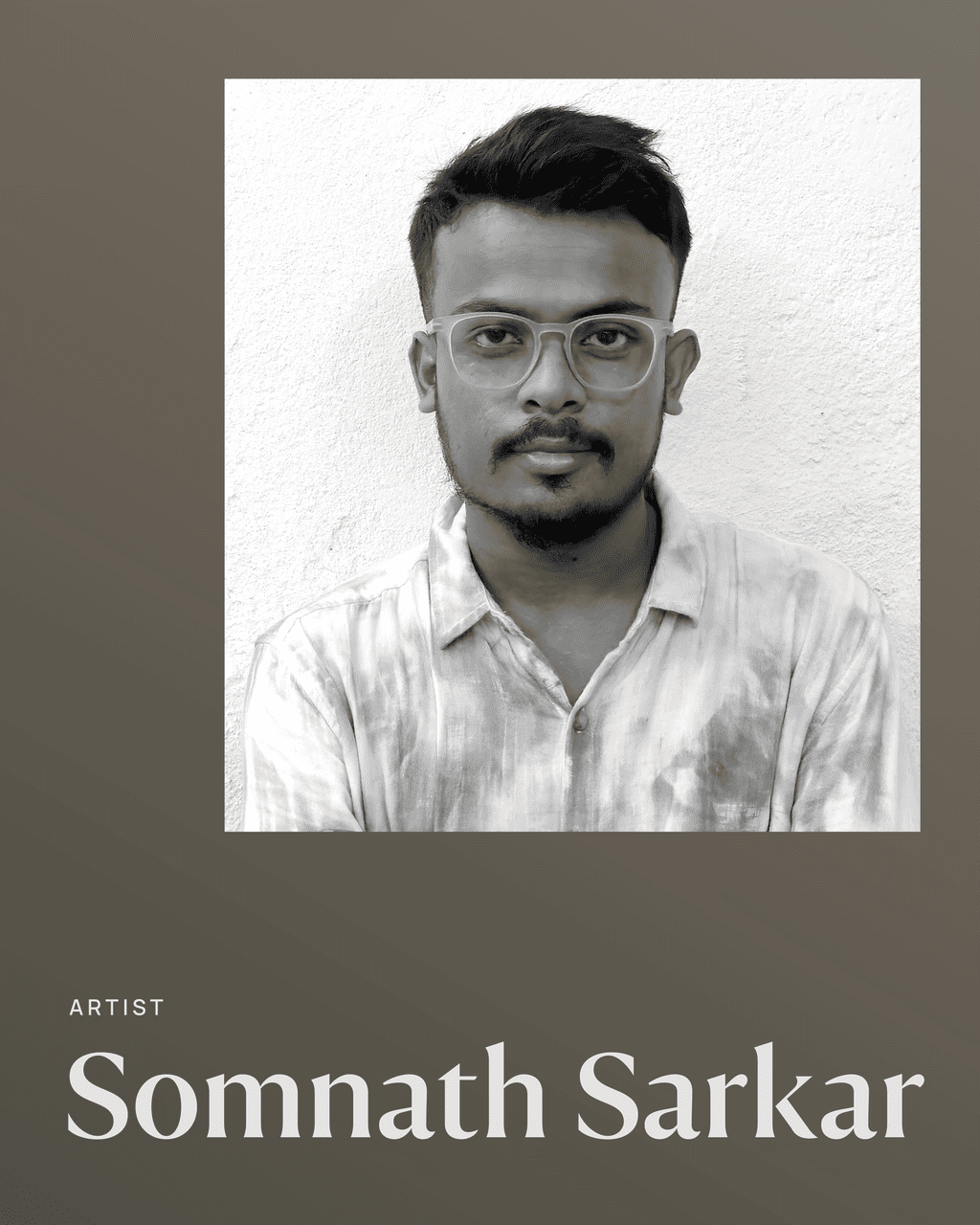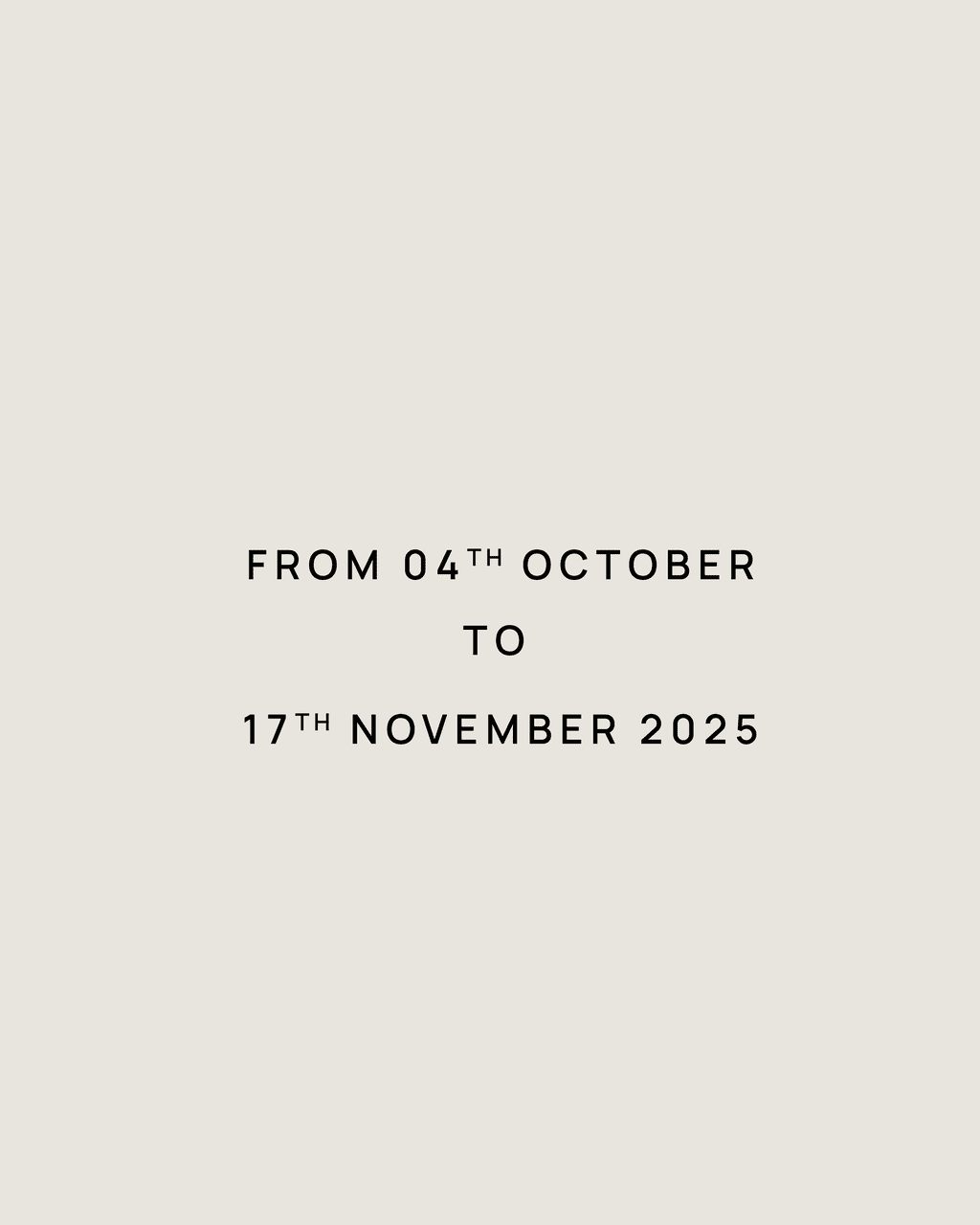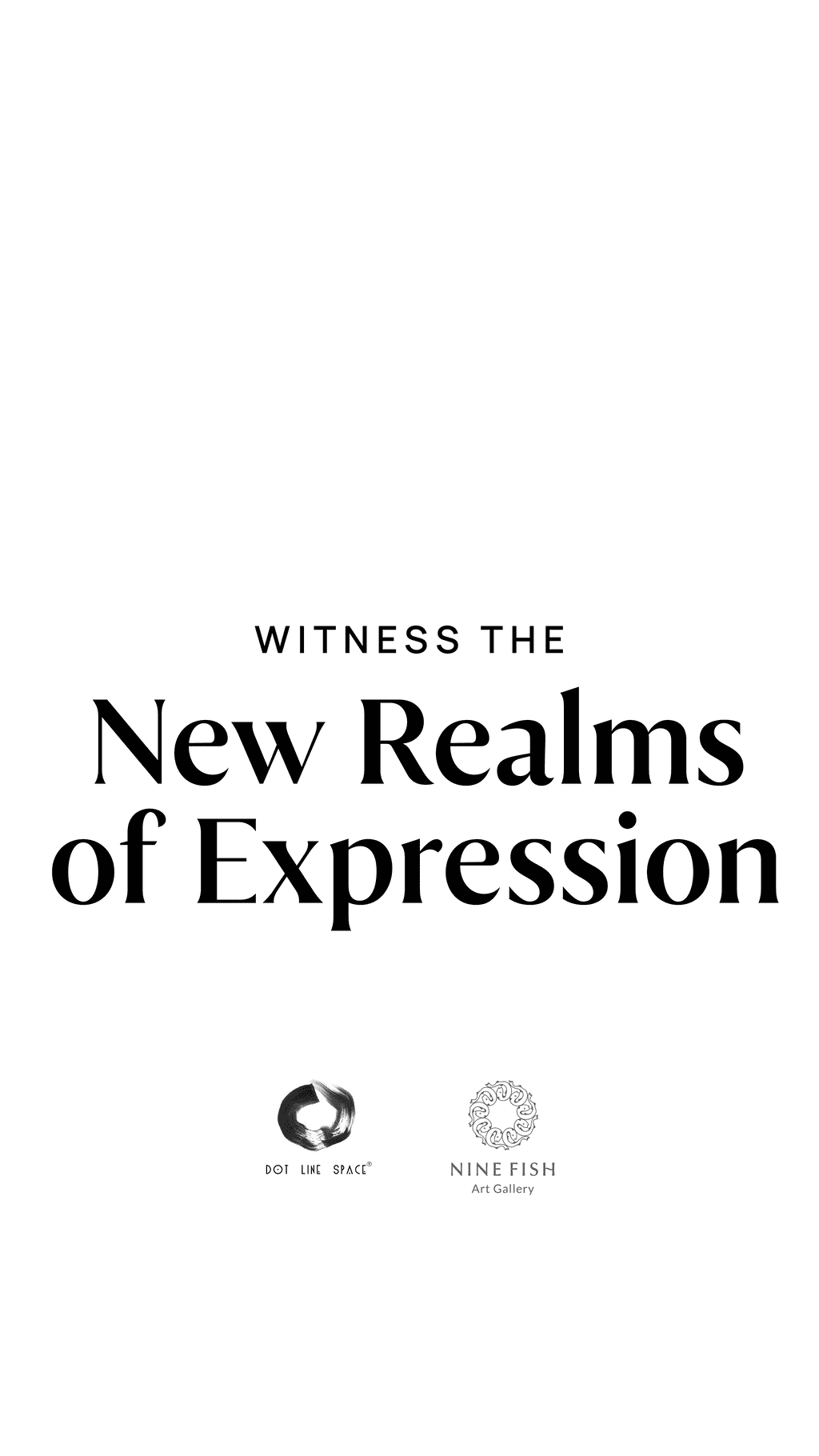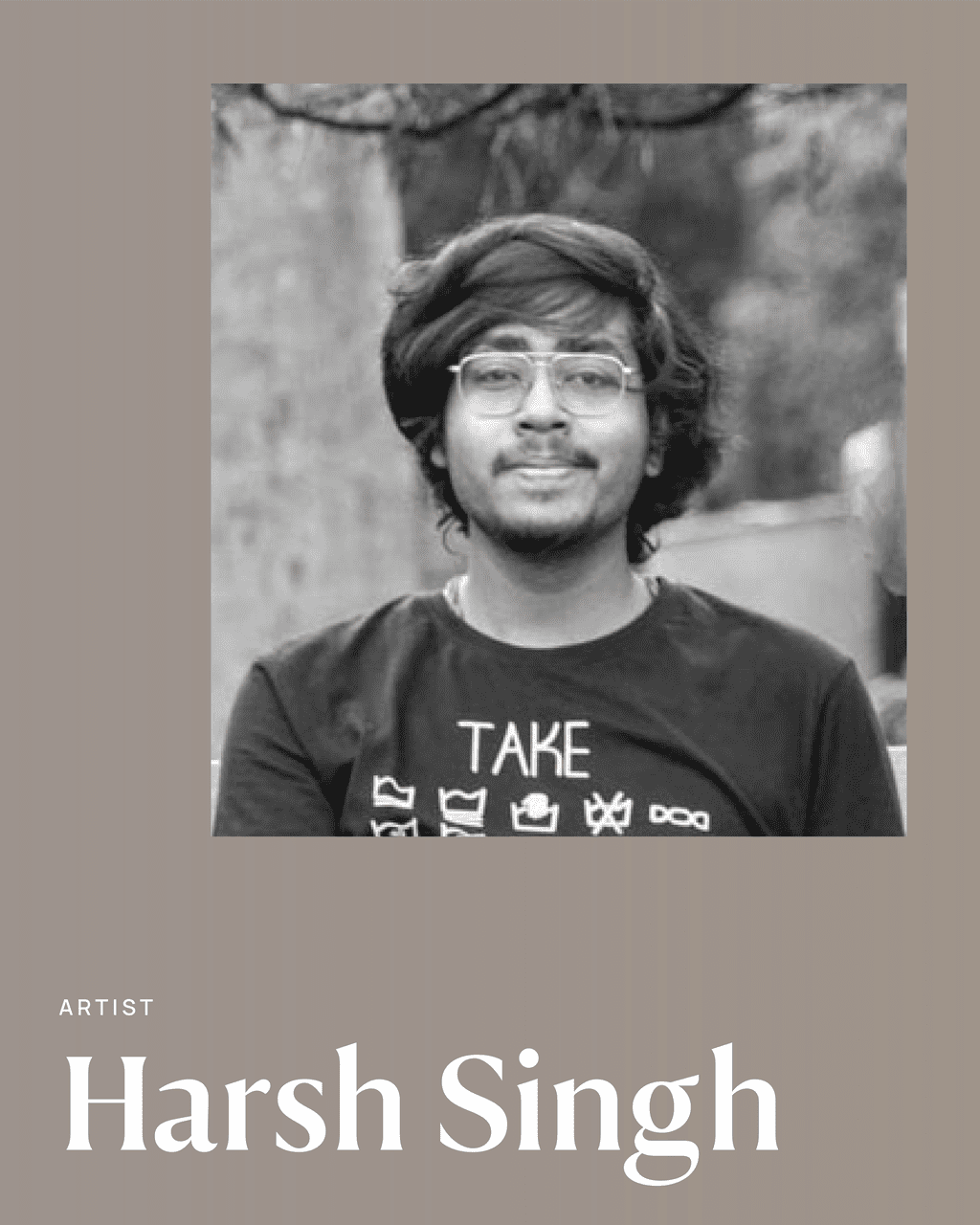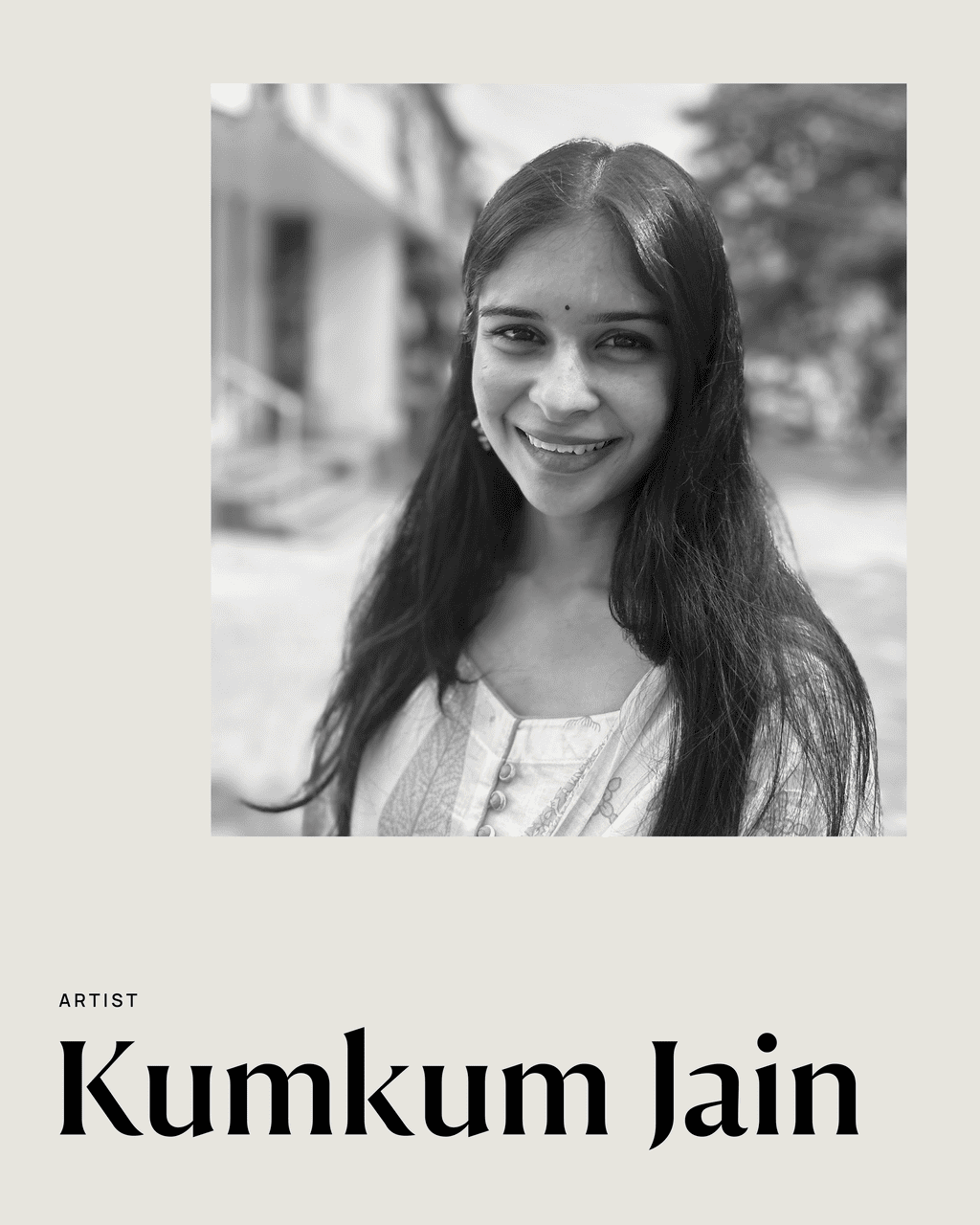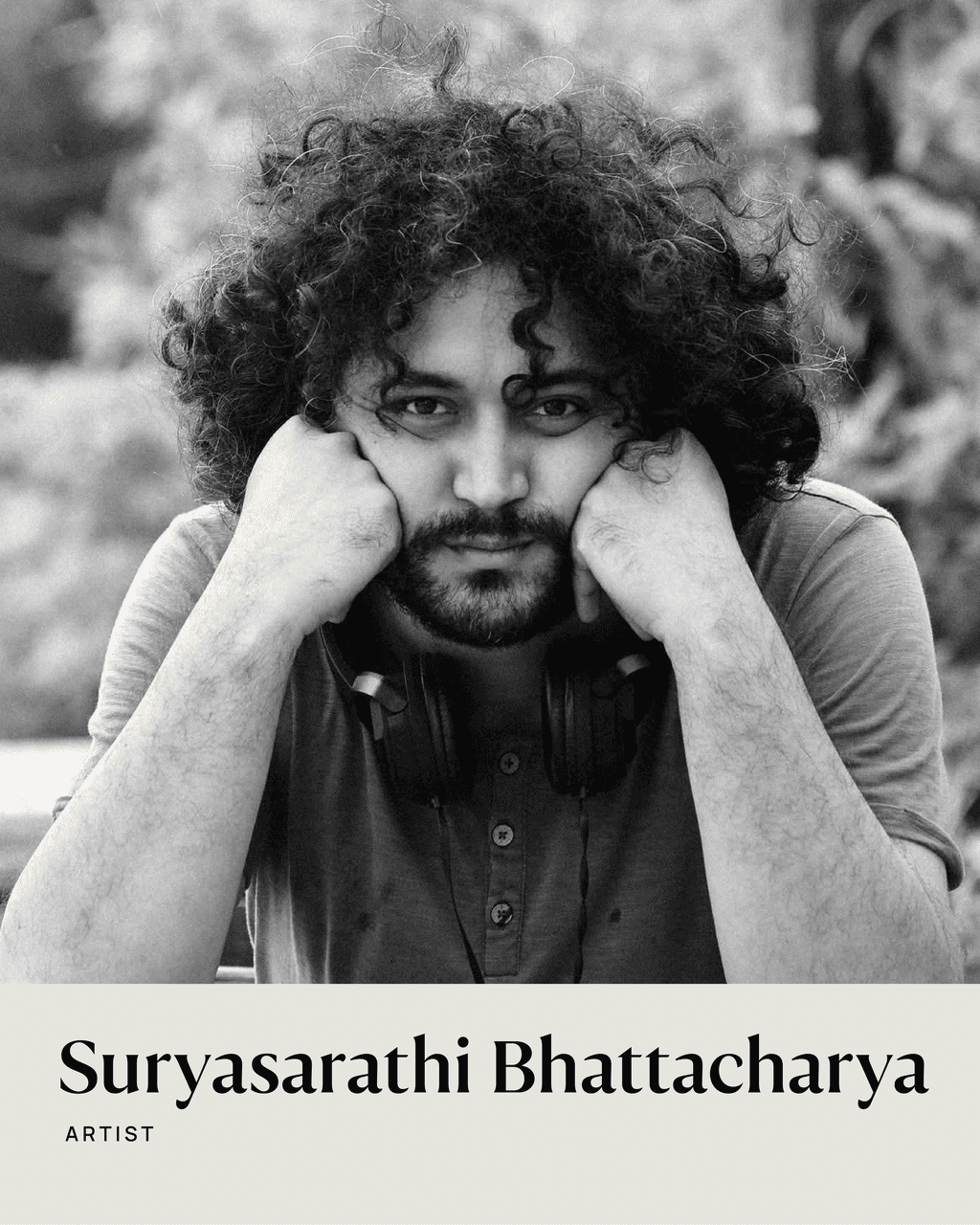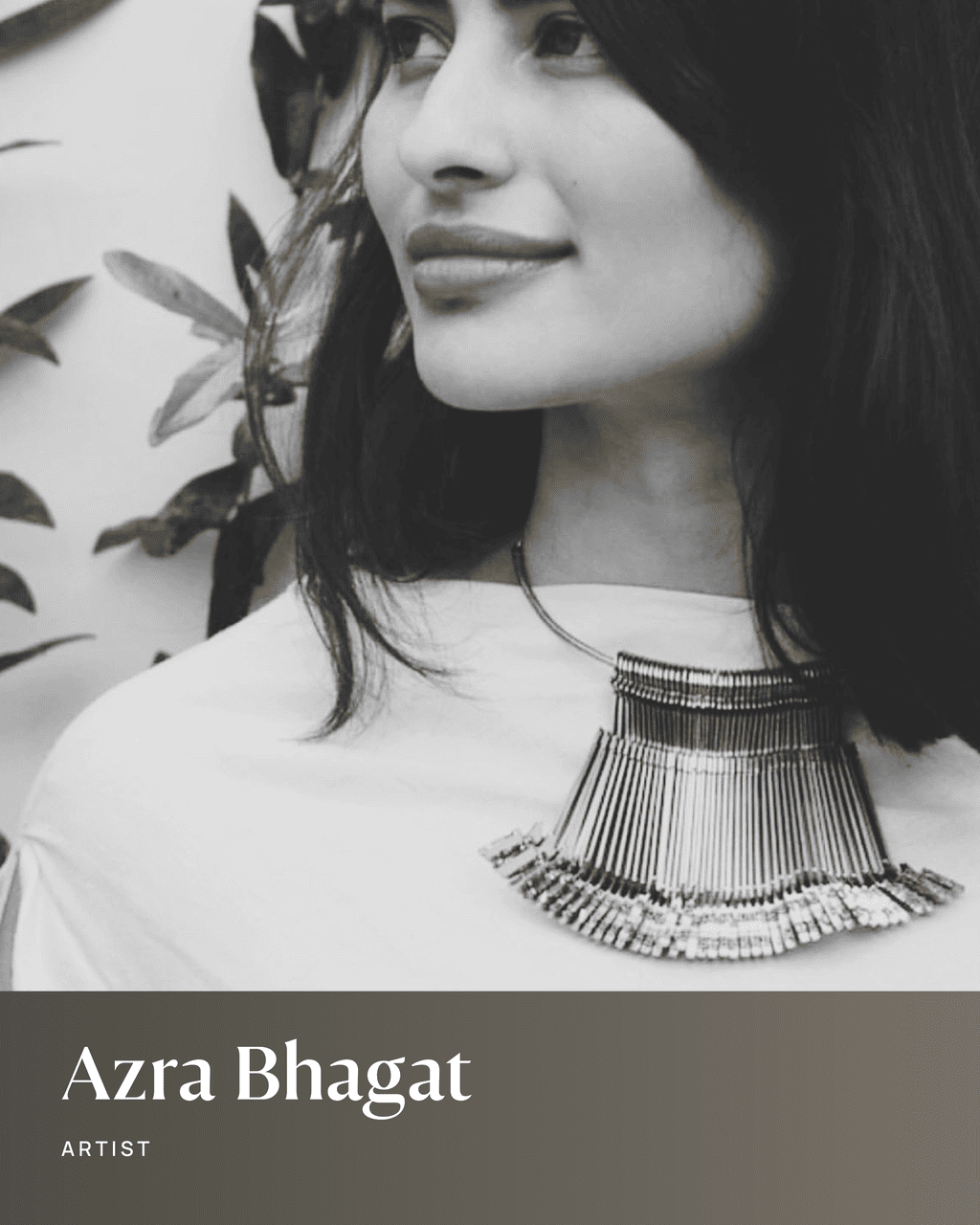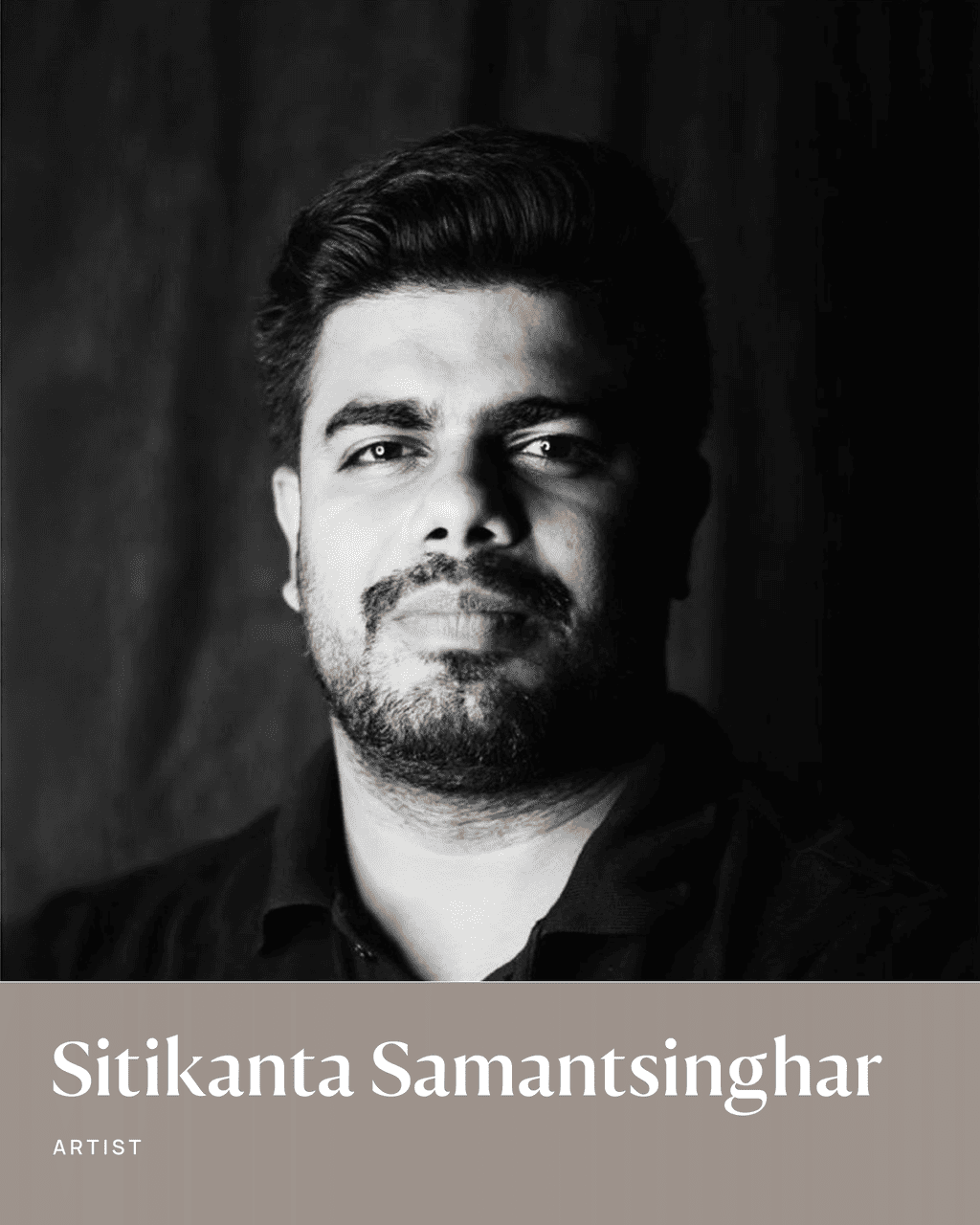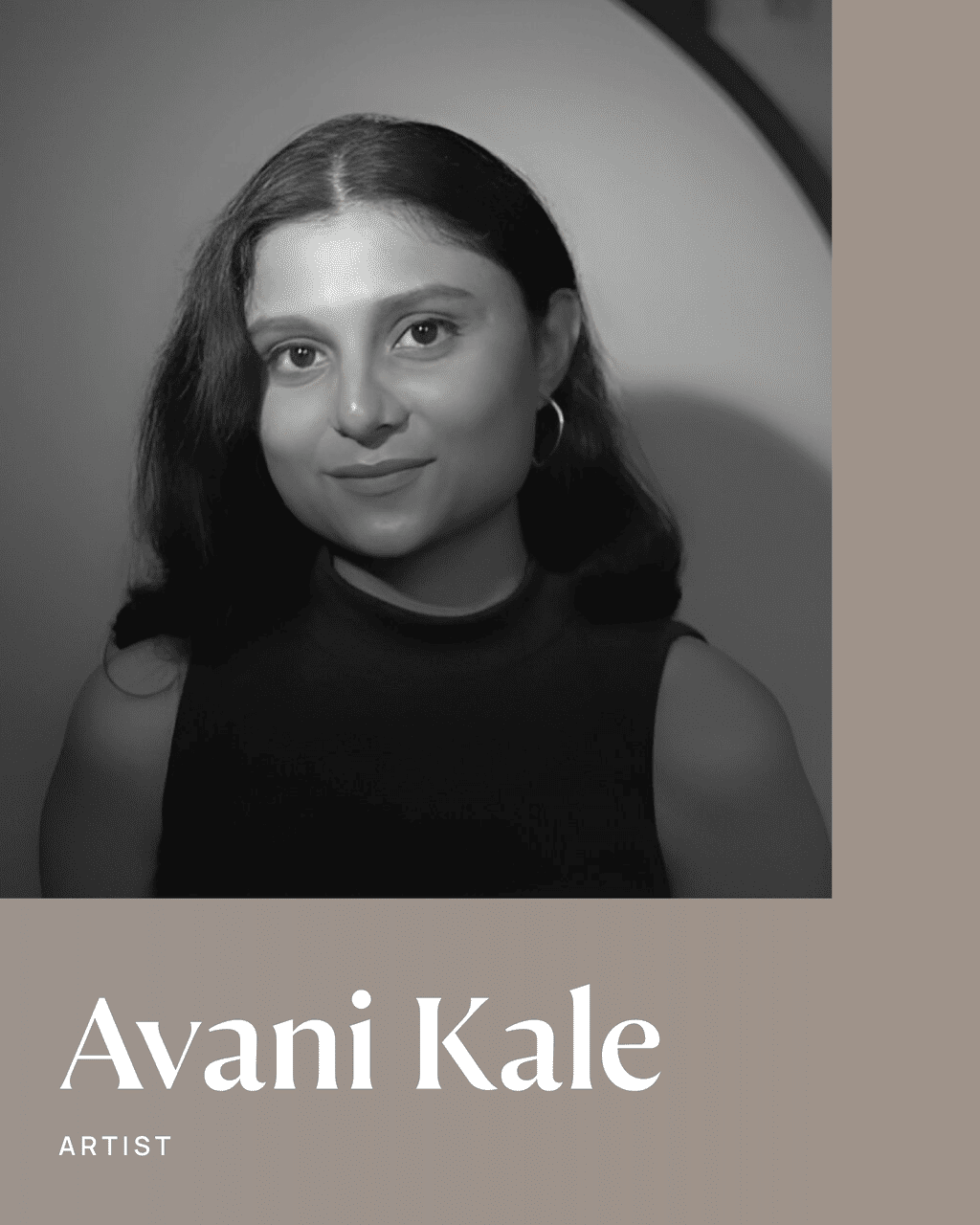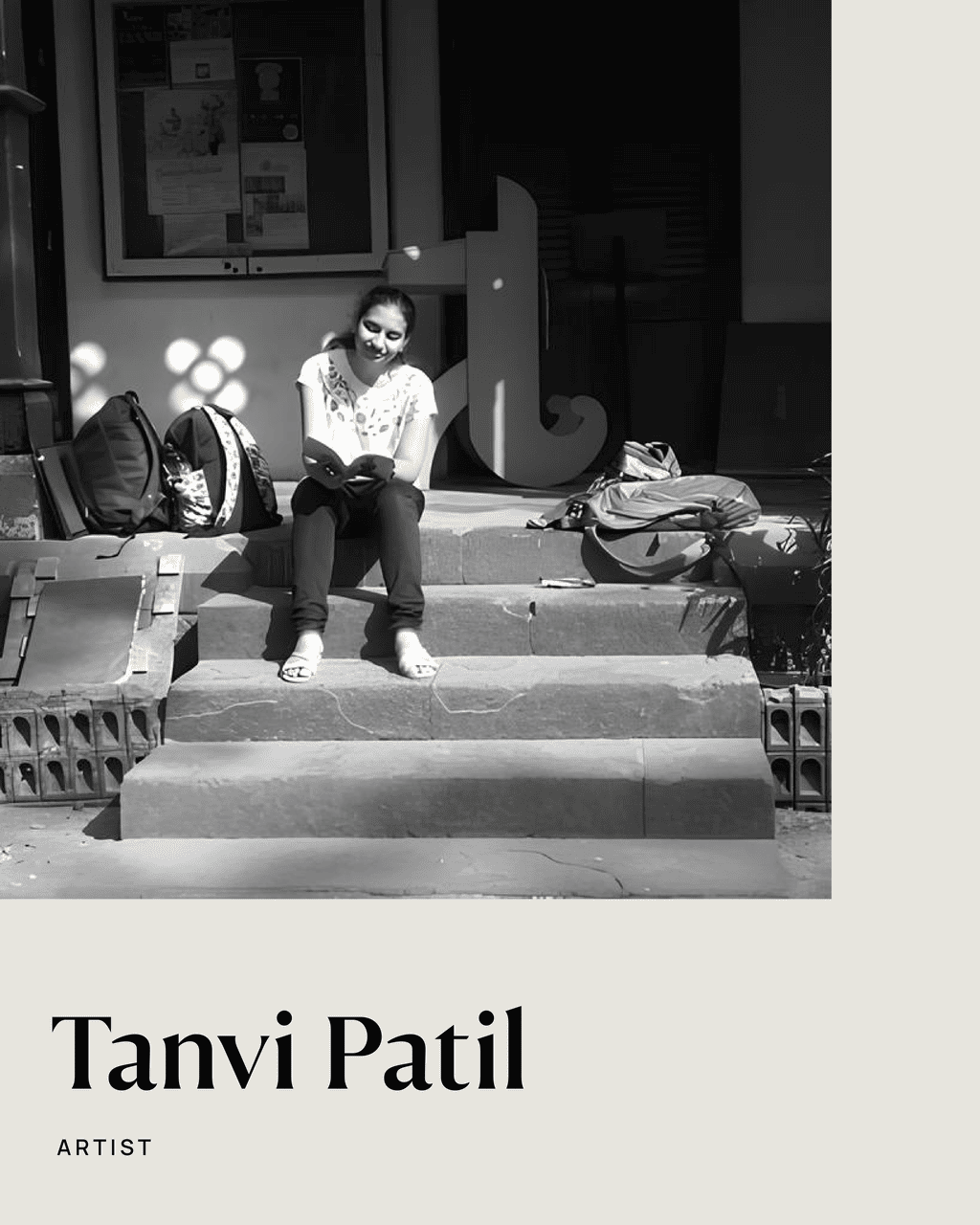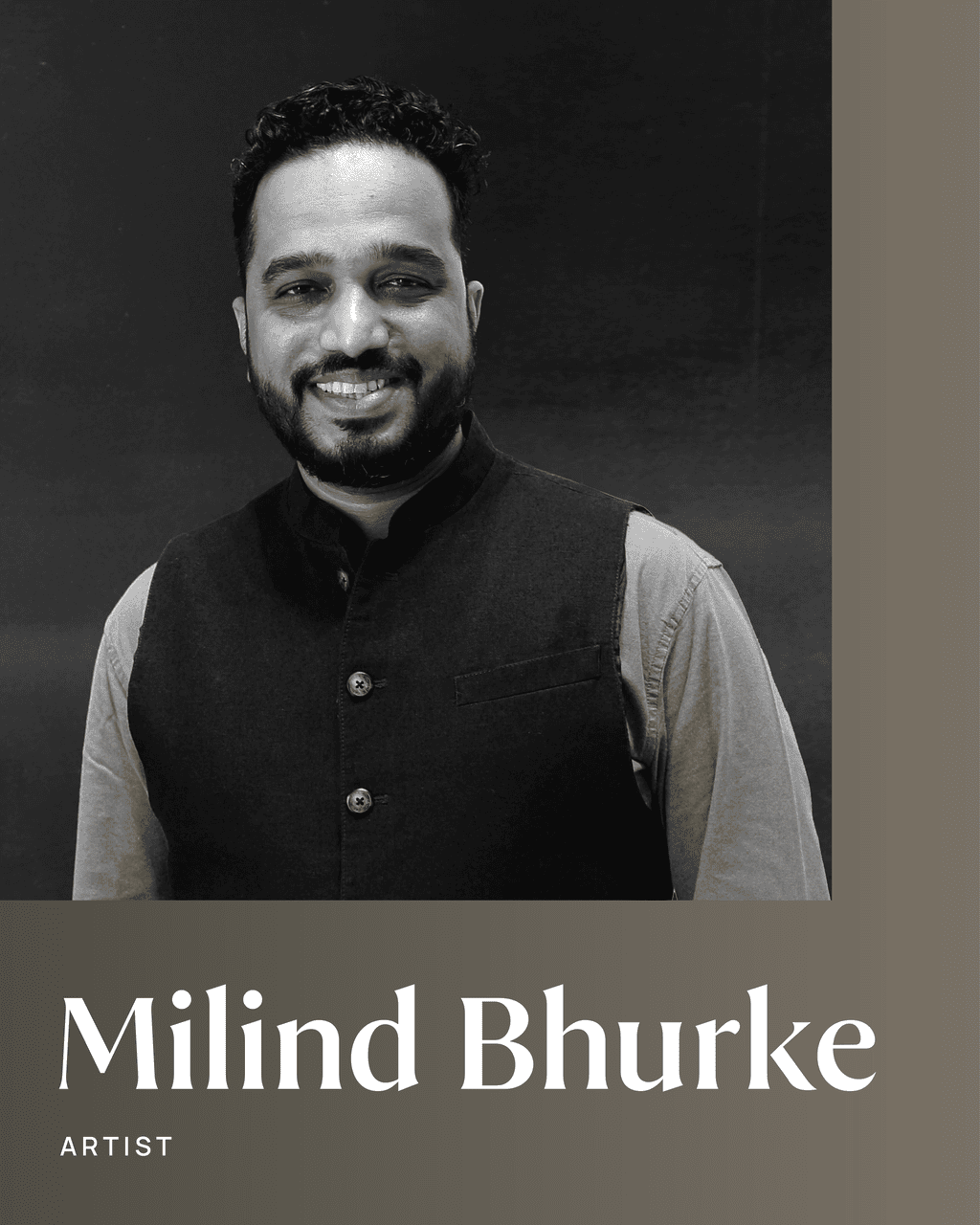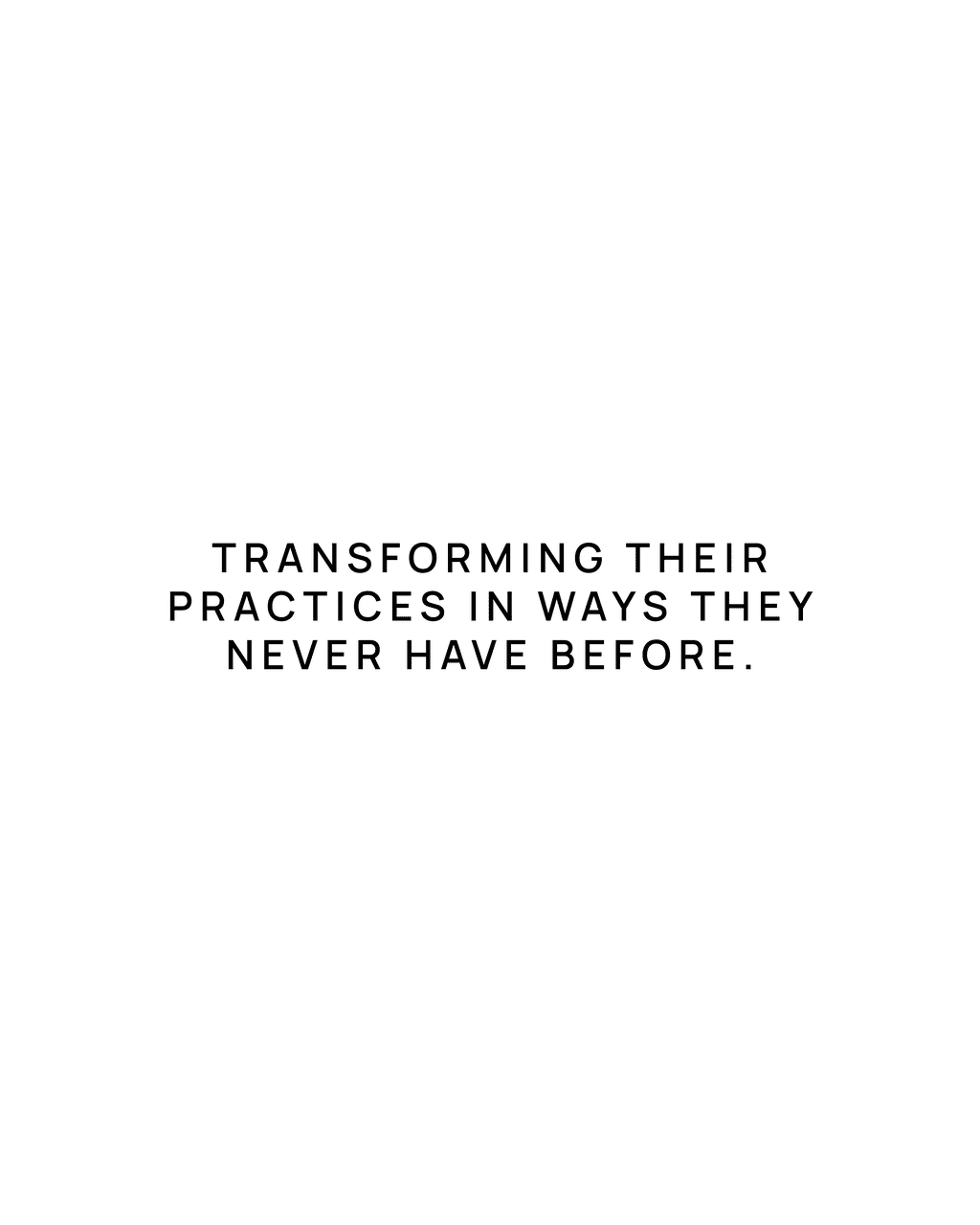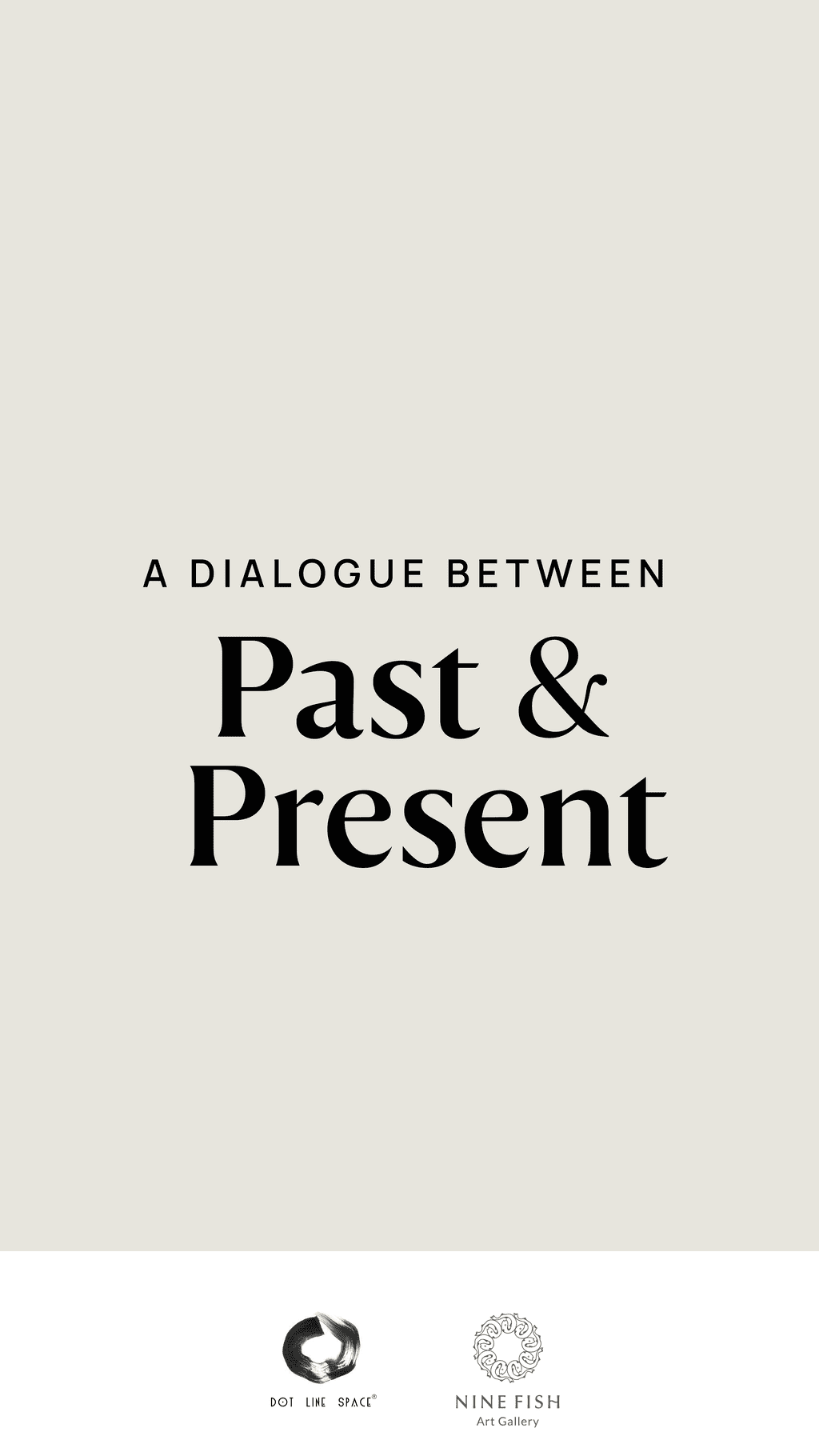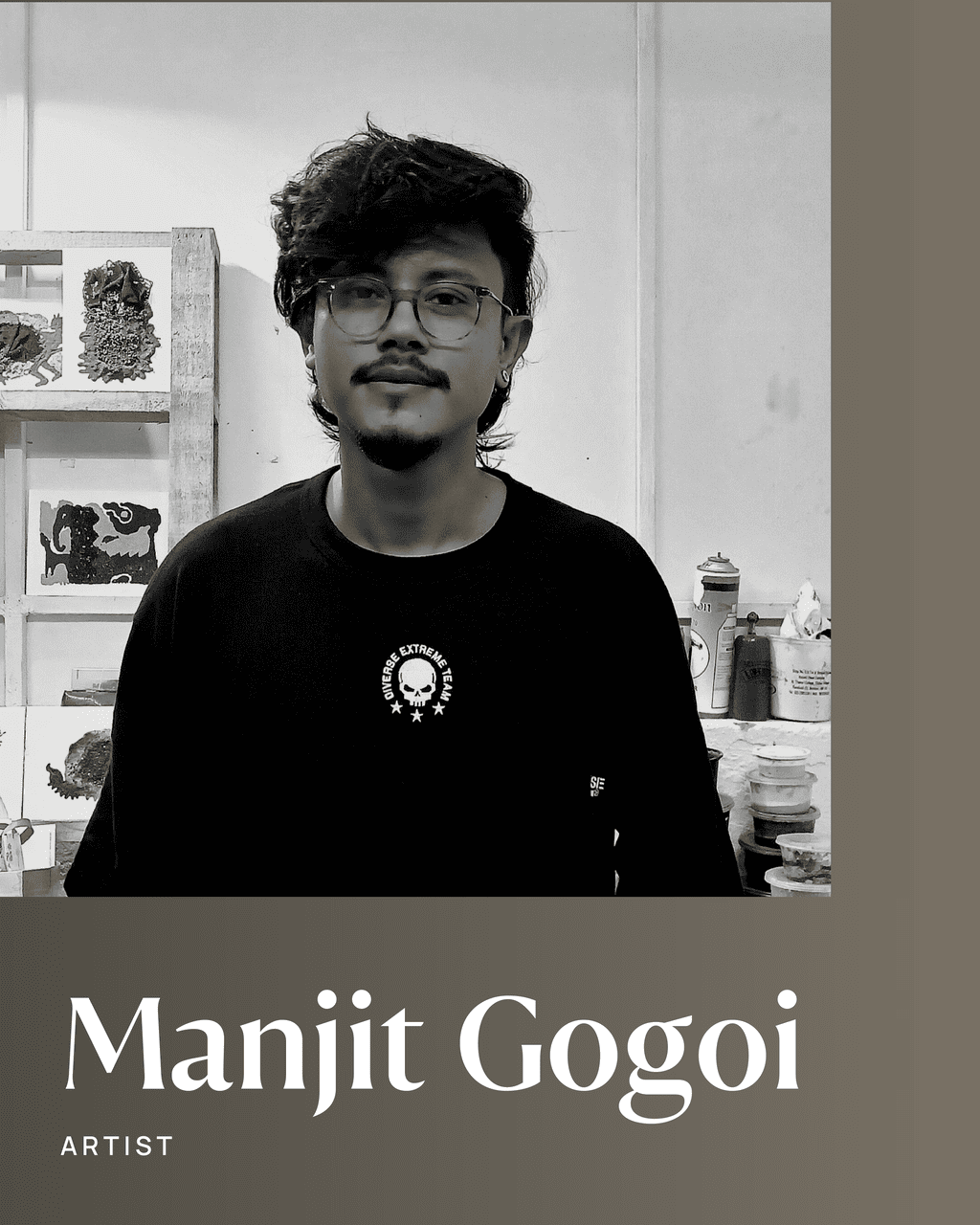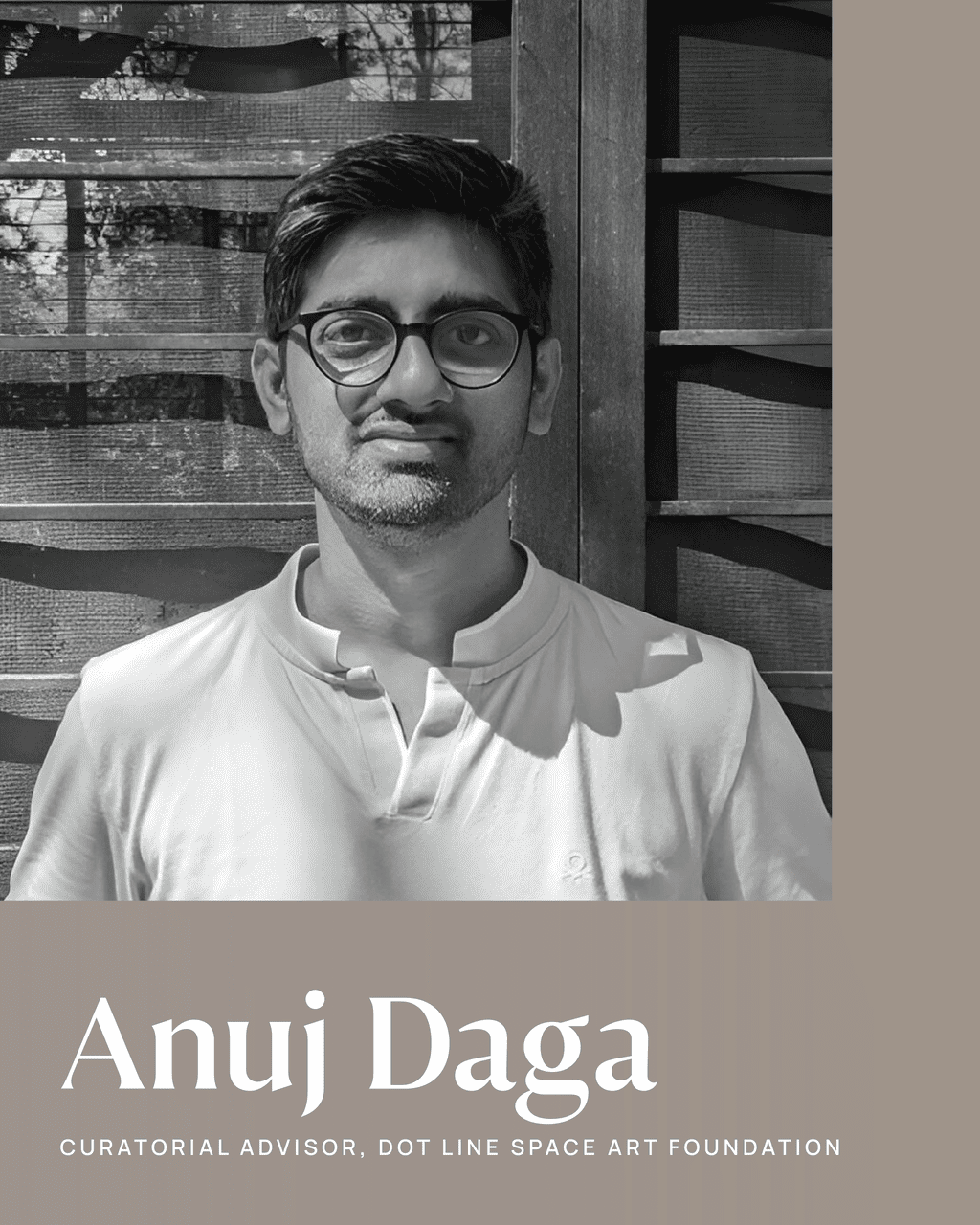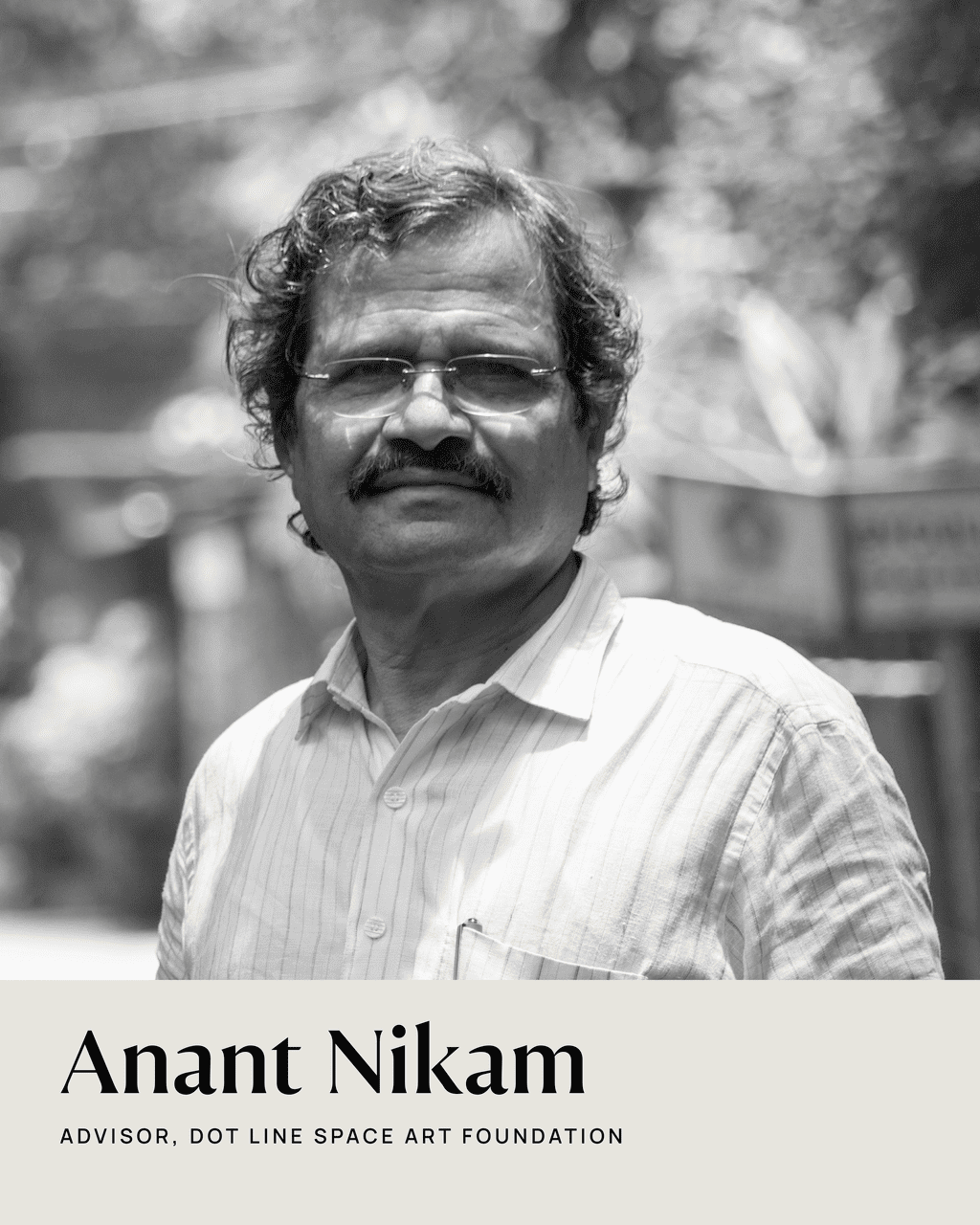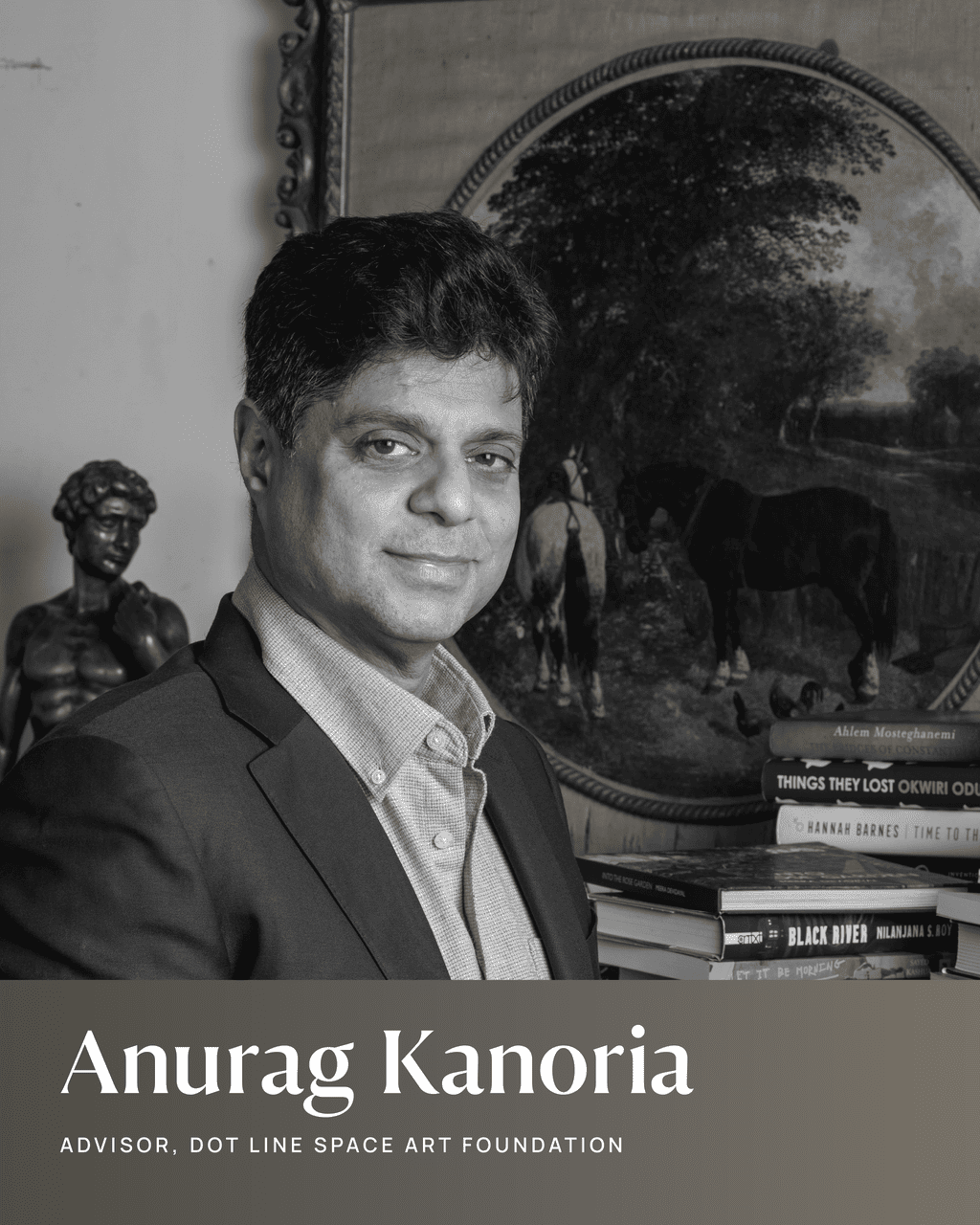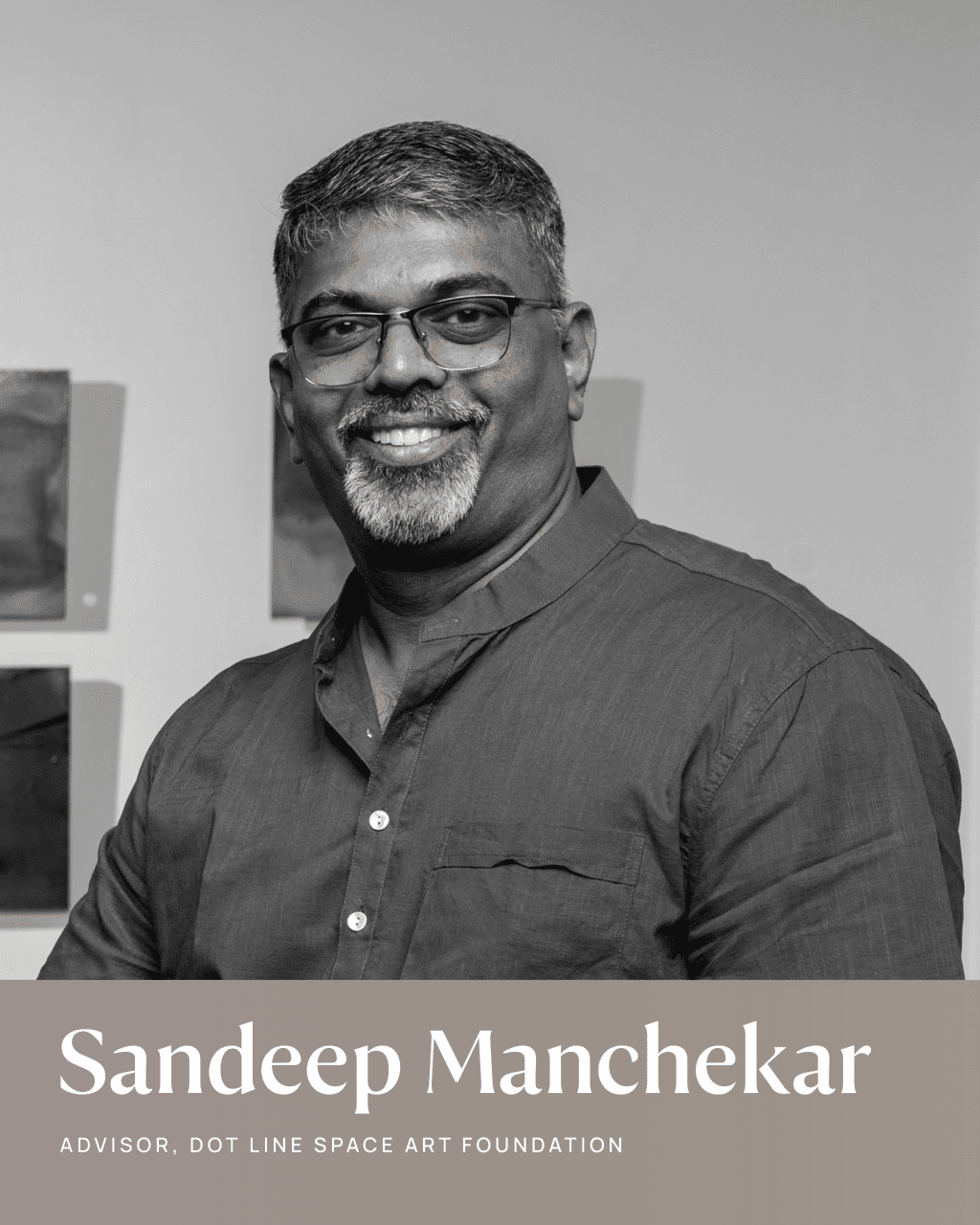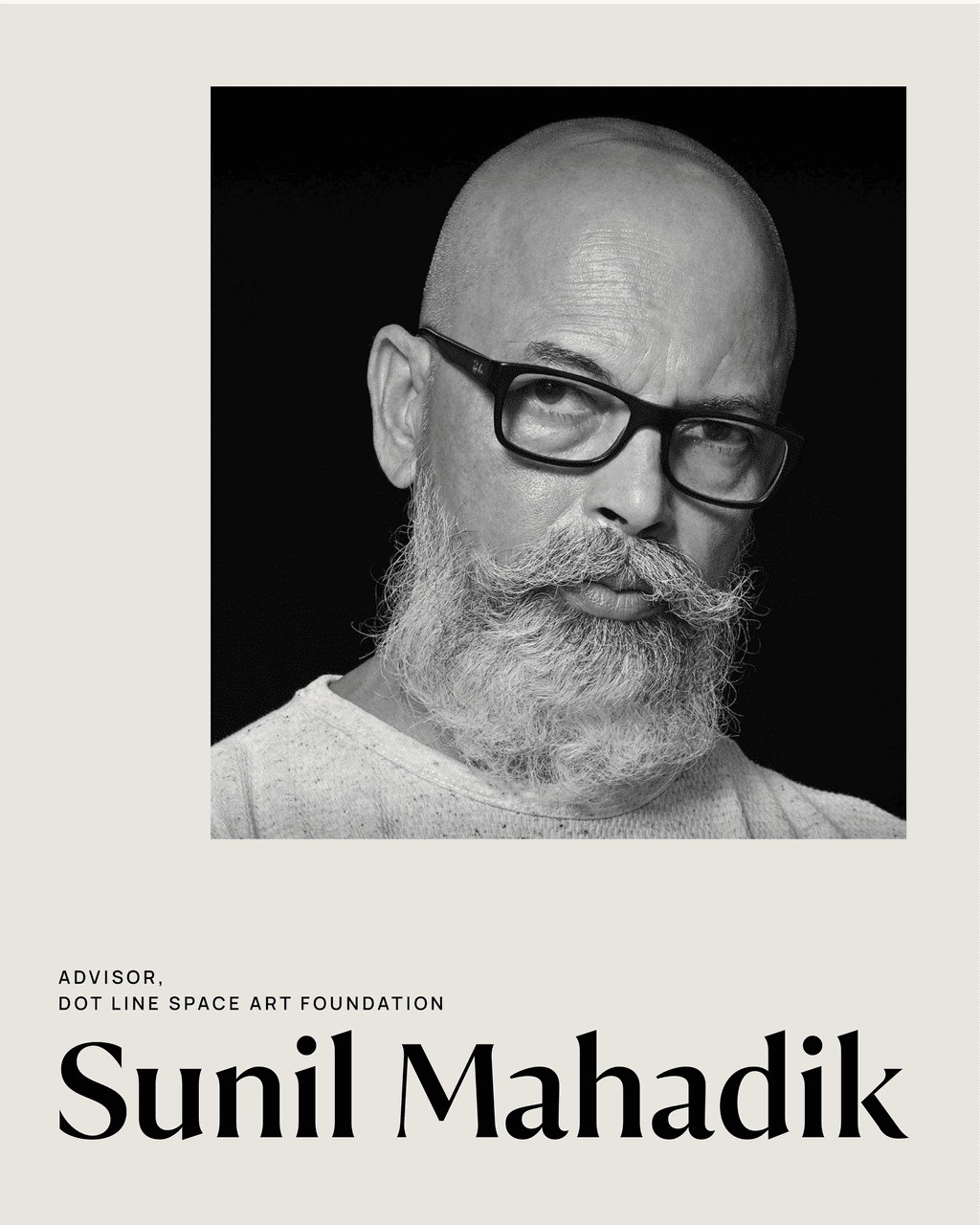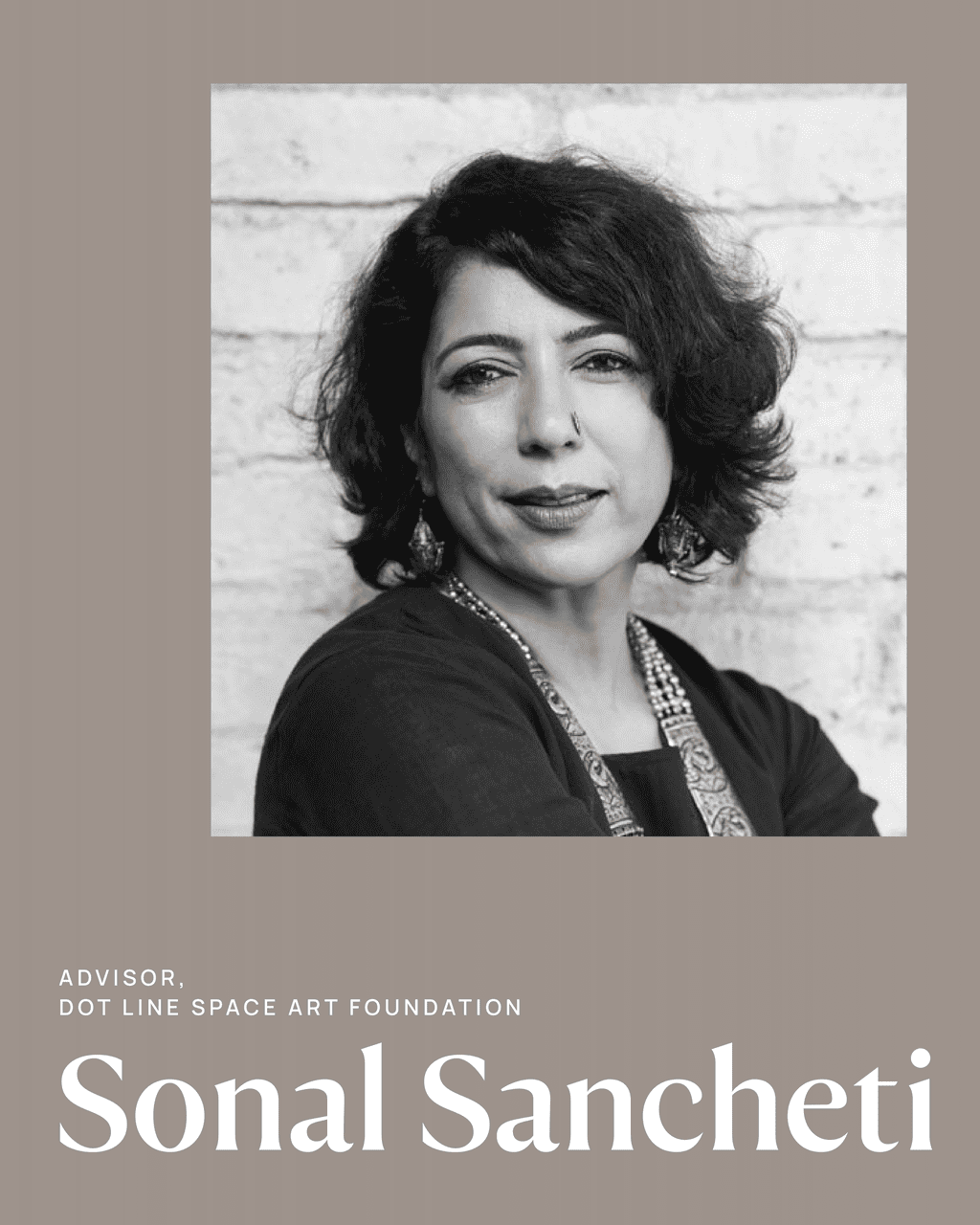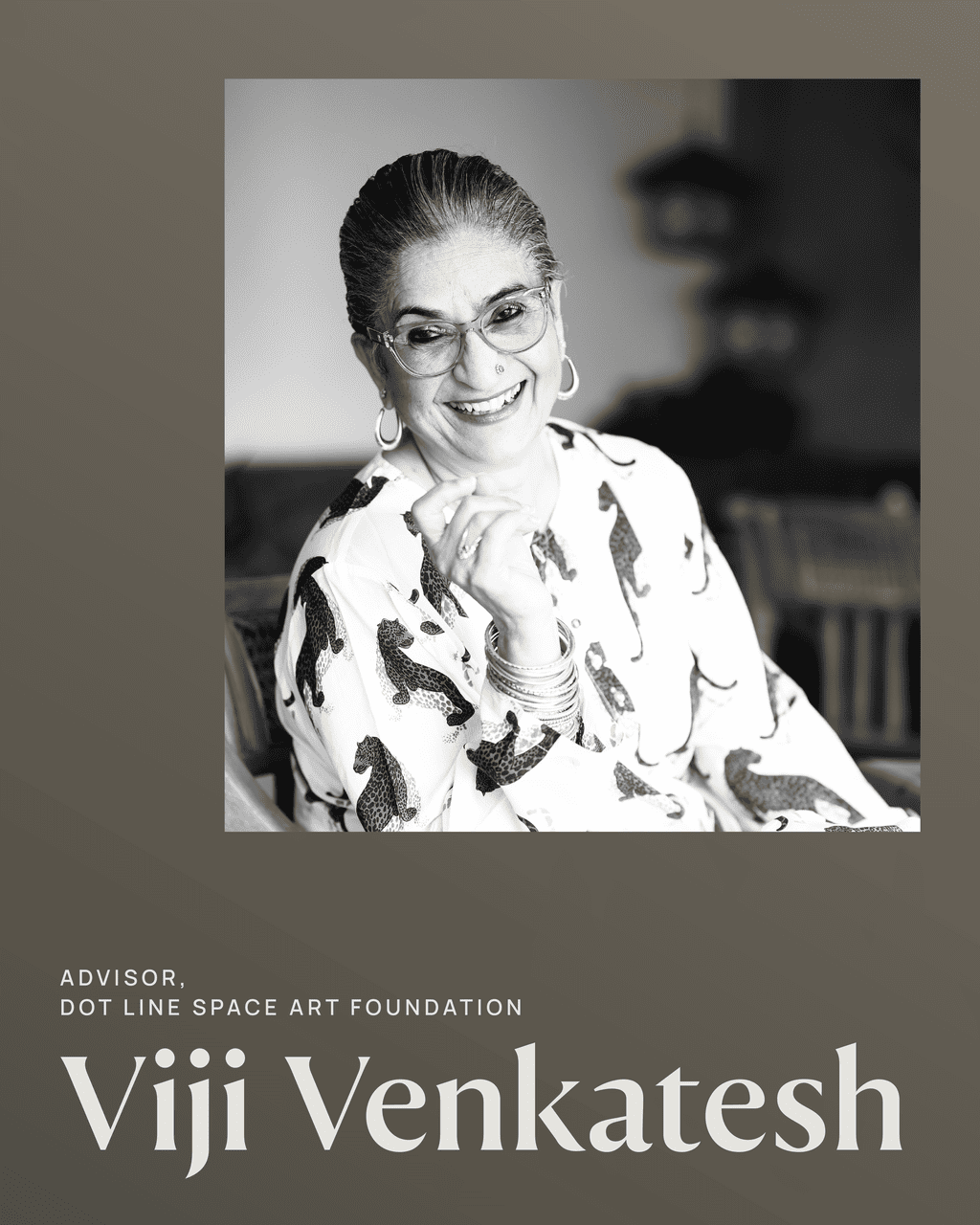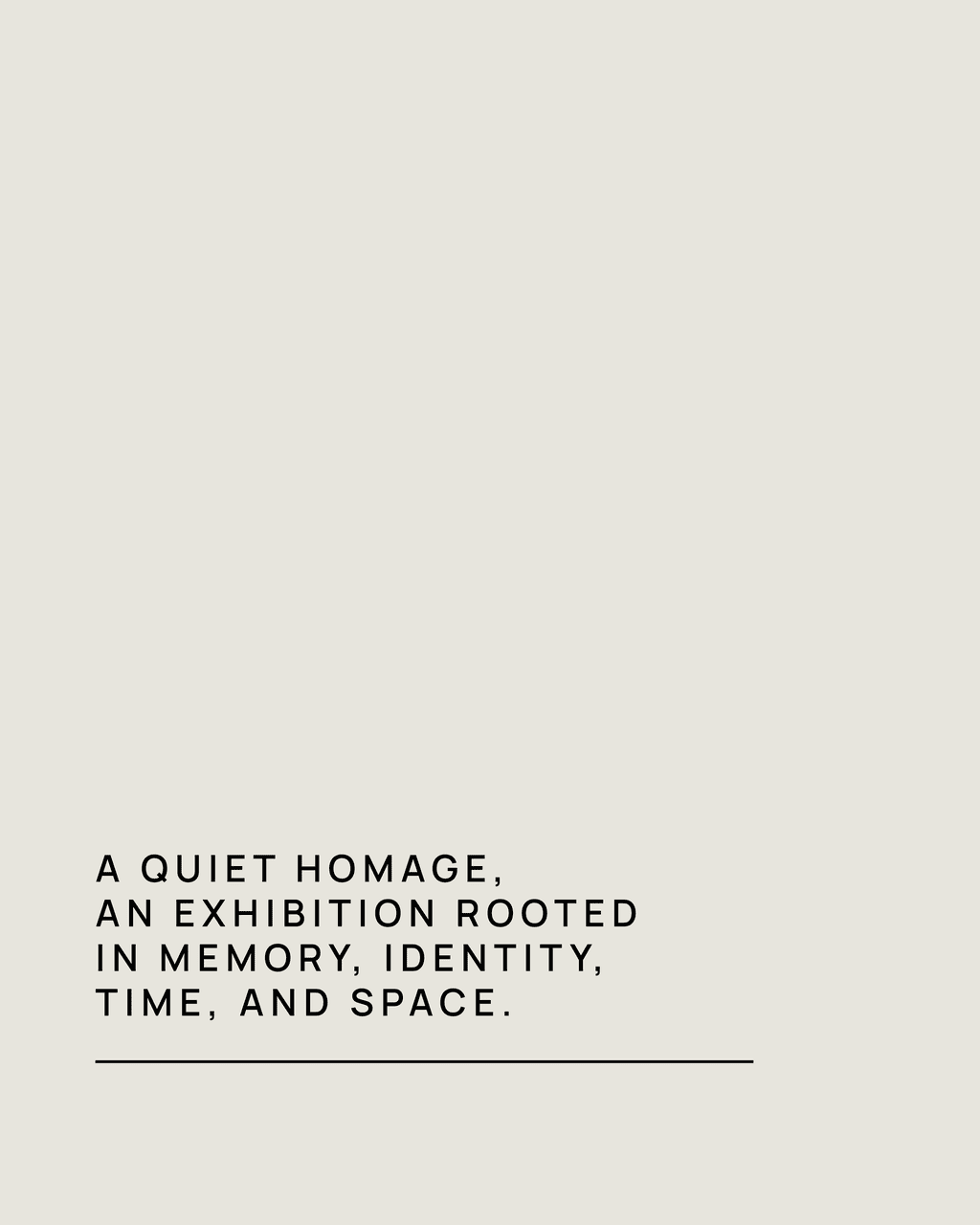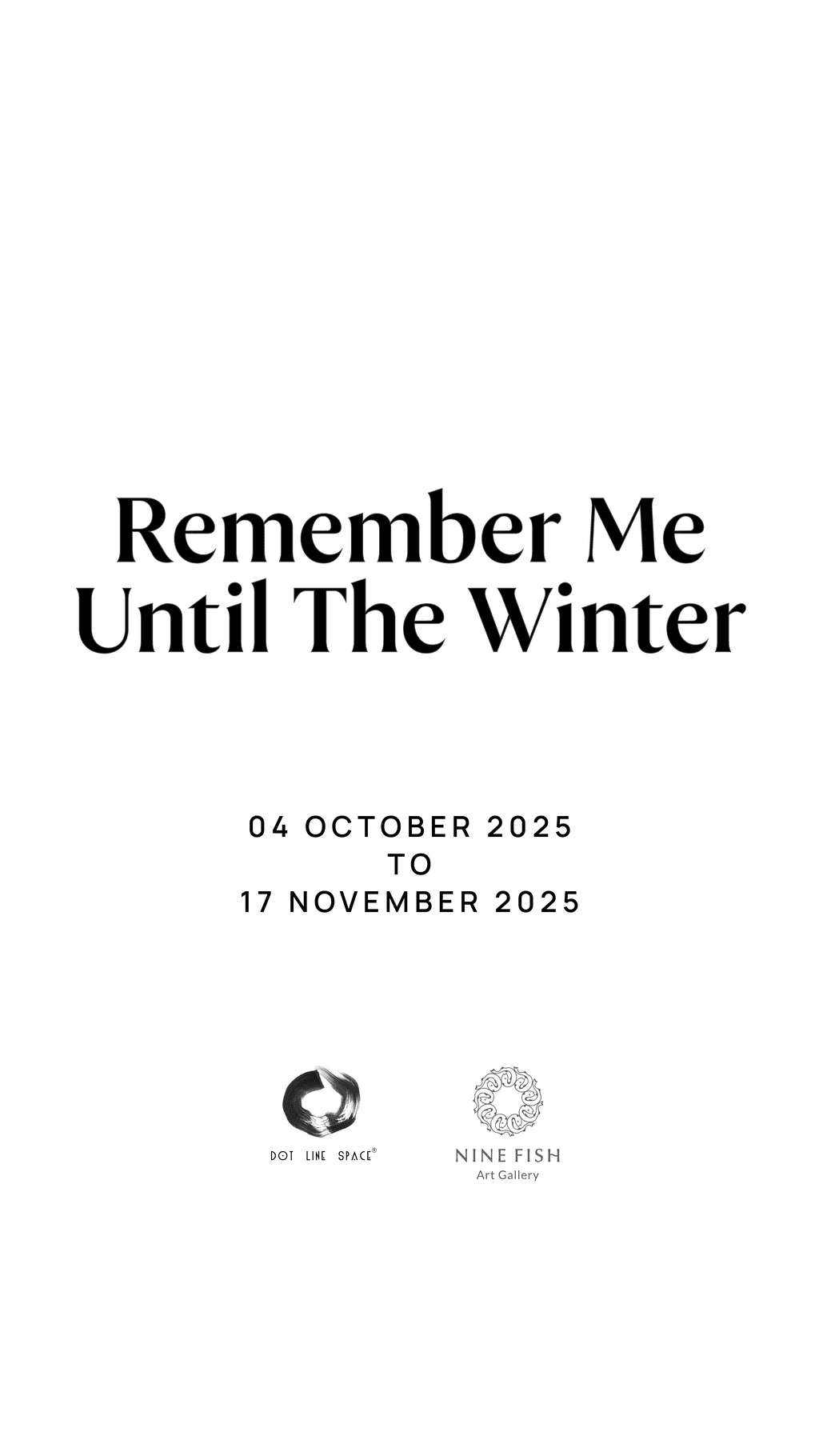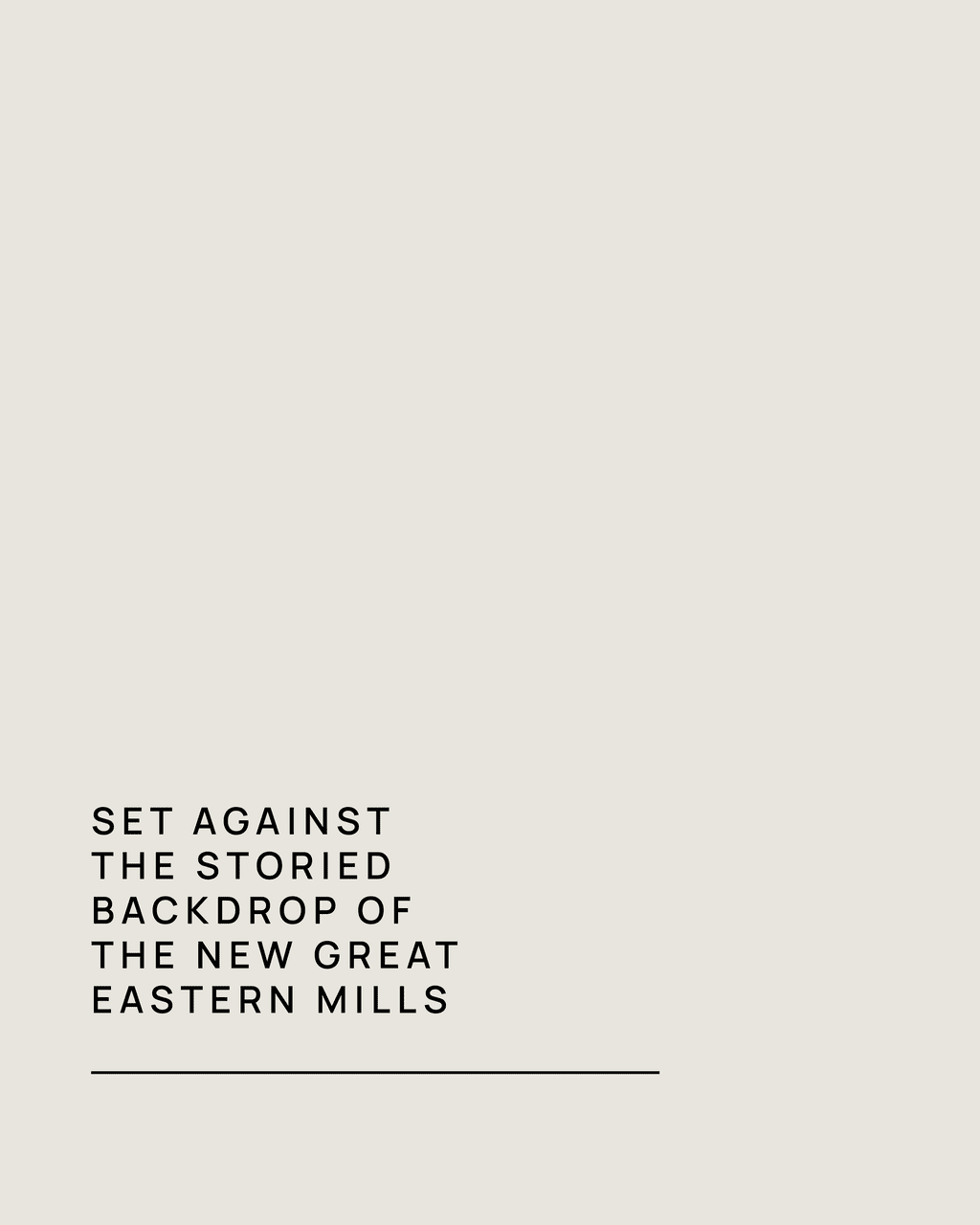
Punarvasu Joshi
Unseen/ Unsaid - They Fell Through The Noise
Unseen/ Unsaid – They Fell Through The Noise is an immersive, single-room installation that confronts the growing yet often unspoken crisis of male loneliness in contemporary urban society. Using a layered sensory experience of sound, light, and interactive media, the work transforms a confined space into an emotionally resonant environment that invites reflection, empathy, and dialogue around the stigma of vulnerability and isolation in men.
This installation explores how cultural expectations of masculinity – stoicism, emotional suppression, and performative strength- contribute to a silent epidemic. Men across generations increasingly report feelings of disconnection, yet their experiences are rarely voiced in public discourse or art spaces. Unseen/ Unsaid- They Fell Through The Noise gives form to this invisibility, presenting loneliness not as absence, but as charged emotional landscape inhabited daily by millions.
Artist Bio:
Dr. Punavasu Joshi did his B.S.E. in Electrical Engineering at Arizona State University (ASU), Arizona, USA, in 2005. Upon returning to India in 2014, Punarvasu started working in the field of translation. Punarvasu has translated 40 selected Hindi short stories. Punarvasu’s translation of Hindi writer Manoj Kumar Pandey’s short story Sone Ki Gai Mein Badalta Ek Desh (A Country Turning Into A Golden Cow) was published in the special issue of the Commonwealth Foundation’s magazine.

Kumkum Jain
Sunehre Akshar
Amongst many experiences perceived, Sunehre Akshar – is one such, a visual translation of my journey as an assisting curator, where I was exposed to many forms of sentences, words, and letters scattered. Over the course of my journey, through knowing, reading and learning, I in the present, find myself at a cross section where in I question the crux, formation and role of a “curatorial note”.
Does it really add value or provide constrictive criticism? Does it mislead the perceiver and or consciously cause deviation from the substance of the artwork?
Is it necessary? Then in what context? It is conscious? Does it say nothing, and or everything all at once.
Through Sunehre Akshar, I am keen to explore the many aspects of “curatorial note”, through the eyes and response of its perceiver.
Artist Bio:
My name is Kumkum Jain. I am a practicing artist, writer, and creative thinker, with a postgraduate degree in Fine Arts from Rachana Sansad Academy of Fine Arts and Crafts (Mumbai). Alongside my artistic practice, I have been dedicatedly working as an assisting curator, art facilitator/consultant and program manager with various organizations such as Dot Line Space Art Foundation, Nine Fish Art Gallery, India Foundation for Creativity, ReReeti.

Rashmi Ghanekar
"POT"— Part of Soul
My childhood was spent in a village and that laid the foundation for a strong bond with clay through play and exploration. I was always fascinated by the various colours and textures of clay. This medium has consistently drawn me in.
During college, I stumbled upon ceramics and felt an instant connection. Working with clay brought back memories of my childhood. Amongst colours, canvases, brushes and pencils, clay unexpectedly entered my life and since then it has been my constant companion providing several new experiences.
The pot is a symbol of storage. For centuries civilizations and people have used clay pots to store grains, objects or other items. Unlike stone or metal, clay is pliable and easy to shape. This resonates with my inner self.
That is why I chose a pot as the central element of my mural. It represents the bond I’ve formed with clay, as well as the memories and experiences stored within.In my studio, the pot holds various objects, symbolizing the lessons I’ve learned and experiences I’ve had.
The courtyard in front of me brings peace to my mind. The chair and table that are always present there seem to witness everything. My journey from a lump of clay to creating a pot spanned several years. I have depicted all these beautiful memories in my mural.
Artist Bio:

Rahul Kamble
Dipstambh
Light, the fundamental structure of our boundless universe, births energy that propels matter forward, initiating the cosmic dance. Trees, reaching towards light, sculpted by the sun and the Earth’s rotation, mirroring human life’s shaping forces. Here, light embodies extraordinary forms as feeling, desires, and expectations pursuing these emotions, humanity accelerates, traped in an eternal cycle.
My affinity for bustling locales echoes this sentiments observing diverse individuals in bustling crowds underscores this piece. Varied emotions and action converge, depicting life’s rich tapestry. It’s in these moments that the wondrous convergence of humanity, like particles of light, creates an awe-inspiring scene from afar.
Artist Bio:
Rahul Kamble is a ceramic artist living in Mumbai, he is a graduate of Sir JJ School of Art. His work explores the intersection of form, texture and utility. Drawing inspiration from nature, architecture and traditional pottery techniques, Rahul creates pieces that are both sculptural and functional. Working primarily with stoneware and porcelain, his practice blends hand-building and wheel throwing methods, often incorporating experimental glazing and surface treatments to evoke a sense of organic transformation. Rahul has exhibited in local and national galleries and participated in residencies that deepens his connection to craft and community. His ceramics invite touch and contemplation, encouraging a slower, more mindful interaction with everyday objects. When not in the studio, Rahul teaches workshops and shares his process through community art programs, believing strongly in the power of clay to connect people and place.

Bela Mardia
Through the Doors
Through the doors typically means walking from one side to the other. As a metaphor it symbolizes transitions, choices and the passage of time, inviting viewers to reflect on their own journeys and experiences.
Opening a door signifies entering a new phase, like starting a new work or moving to a new place. It’s about embracing changes and newness. “Door” also represents choices and opportunities, the way we say, “kismet ke darvaje khul gaye ya khul jaenge.”
Closing a door is about the privacy, boundary and security in everyone’s life. Certain doors also give a nostalgic feeling to everybody and takes them back to their childhood.
Artist bio:
Bela Mardia is a contemporary artist whose work is a dialogue between memory, culture, and material. Raised in the vibrant city of Jodhpur and now based in Bombay, Bela draws deeply from the textures of her childhood — old doors, sunlit courtyards, the worn objects of everyday life — weaving them into her paintings, sculptures, and ceramic pieces. Her practice is rooted in storytelling, where every surface becomes a vessel of emotion and history. Through an evolving exploration of mediums, Bela captures the fading beauty of the past while reimagining it for the present. Her work has found space in exhibitions, pop-ups, and private collections, resonating with audiences who find a piece of their own journey reflected in her art.
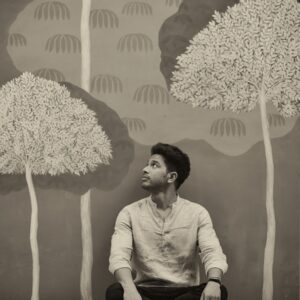
Gourmoni Das
Remember Me Until the Winter
In the labyrinth of human expression, I sought a space—an existence unbounded by elemental confines, defined not by presence but by the enigmatic embodiment of nothingness. What began as a metaphysical riddle slowly unravelled into a profound reflection on the socio-political landscape. Not merely as dialogue, but as an act of response. This could be seen as my initial foray into abstraction, while simultaneously grounding me in the foundational principles of art at Sir JJ School of Art. At the core of my practice are questions that remain ever- present: What does it truly mean to see? What is essential in the act of art-making? What is negotiable within its confines, and what remains immutable? Oscar Wilde’s quote, “The very essence of romance is uncertainty,” seems to suggest the path forward.
In response to the exhibition, I am creating a site-specific installation that speaks to the fragility of memory and being. Suspended Cloths—delicate, weightless fabrics—will float in space, evoking the transitory nature of time and perception. These cloths, shifting in form, mirror the elusive quality of memory—constantly changing, never fully fading, yet never fully present.
Accompanying this will be a Digital Loop Film, an endless, unresolved loop. This perpetual visual refrain embodies the void—the continuous dance between desire and its absence. It reflects the unresolved tensions I confront as an artist, where the question remains, ever suspended, without resolution.
Artist Bio:
Gourmoni Das is the Founder and Director of Dot Line Space Art Foundation. An alumni of Sir JJ School of Art Gourmoni both curates and displays art as well as creates it. He wants to make art less intimidating and more approachable and believes that art should serve both purposes of aesthetics and politics. His won paintings are also politically and socially charged.
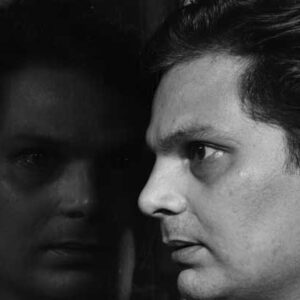
Sandeep Bobade
Layers of Memories and the Language of Colors
This art installation captures the essence of memories, experiences, and emotions that have evolved over time. The three elements—terracotta tiles, tar, and the sound of the mill siren—symbolize the experiences, struggles, and identity of an entire generation. This artwork is a reflection of deeply rooted memories in my mind. Time has changed, people have changed, circumstances have changed, but some things have remained constant—just as terracotta tiles provided support to the roof of a house and the memories preserved under them.
Terracotta tiles protect the home just as people in our lives provide us with support. The sound of the mill siren was not just noise; it was a daily reminder of life’s struggles, much like memories that echo in our minds. Tar and the color black are not just visual elements; they are deeply connected to time, space, emotions, and human existence.
The fading of the siren represents the end of industrial culture and the social transformation that followed. This installation is not just about hearing a machine’s sound—it is about listening to the echoes of an entire way of life and its gradual disappearance.
“The Roof of Memories” is not just about a house and its tiles; it is a story of life’s ups and downs, struggles, and the journey through time.
Artist Bio:
Sandeep Mahipat Bobade is a painter whose work draws deep inspiration from the layered life of Dharavi. His art captures the damp walls, faded rooftops, and the resilient spirit of its people. A graduate of G.D. Art (Raheja School of Art), he has exhibited at notable venues such as CIMA Art Gallery (Kolkata), Bombay Art Society, and Art Maharashtra State Exhibition. His paintings merge the real and the abstract—translating Dharavi’s voices, shadows, and memories into color. Dharavi then is not just a physical place; it is an experience expressed through art.
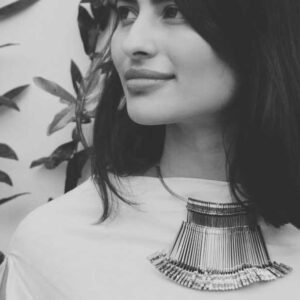
Azra Bhagat
Evolution and Migration
Water from time immemorial has been a necessity for civilisation to thrive. Every great civilization from Egypt to Mesopotamia was built around water. In the Great Eastern Mill we have the pond room overlooking a pond teeming with life. This inspired me to create this series of etchings that recreate the water body with animals and plants. The pieces move through time — the first etching showing is dinosaurs and fossils and the last etching depicting cars and planes and trains within their respective ecosystems. This is representative of the shift we have made over centuries and the current dilemma of the Anthropocene we live in and face when it comes to the environment.
The installation is a print and digital projection piece inspired by the element of water. The prints hang on a clothesline. Around them is a digital video projection which makes it look like they are floating in a digital pond with water rippling around it. Elements from the prints like small animals come to life as they jump from print into the digital waterscape. The installation is accompanied by sounds of water and of splashing as elements move from the prints to the water. The artwork marries analog prints with digital water and elements.
Additionally the prints will be turned into Chinese paper lanterns. During the festivals paper lanterns are released into the sky and water but they are also found hanging like lights. These lights will pave the way to illumination and awareness of our surroundings and of nature that holds us steady and in good stead. The light and shadows will shine through these prints that will be printed on rice paper. Thus forming patterns on its surroundings the same way we have imprints of the environment that factor into our daily lives.
Artist Bio:
Azra Bhagat, an artist and writer living and working in Mumbai, India; like many creative people has a hybrid practice – she is a writer, an art director, filmmaker and an essayist. Since graduating with a BA (Hons) from London College of Communication in 2013 she has been pursing a creative career. From Advertising story boards to installations, sculpture, copywriting and even getting her articles published in Art India, Hakara Journal and Design Pataki she has developed many diverse skill sets. Azra is currently working with the Dot Line Space Art Foundation.
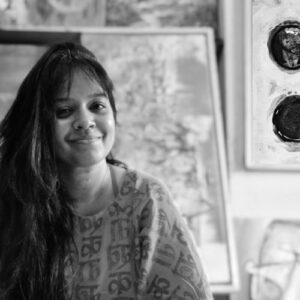
Bansri Chavda
Subtle Connections (Geo Sounds)
Subtle Connections explores the fragile balance between nature and human intervention through sound and visual forms. It highlights how natural sounds like the hush of wind, the murmur of rivers, and the earth’s breath are being drowned out by human activities. The exhibition serves as a reminder and a plea to listen to nature before it falls silent.
Artist Bio:
For Bansri Chavda art isn’t just something to create, it’s something she connects with. As an art educator, she has crafted 600+ lesson plans, taught Visual Expression & Art History at Ecole Intuit, and run several virtual and in-person art programs. Her work is represented by 11 HellHeaven Art, exhibited in Rome and she represented India at Red Dot Miami. Bansri is an artist on Artsy, Artling, Artprice and Saatchi Art she is also the founder of Art Your Way.
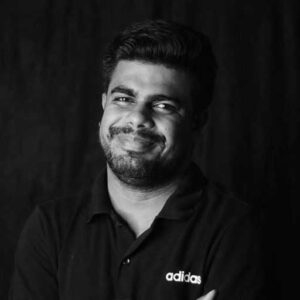
Sitikanta Samantsinghar
-
When I came to Mumbai in 2014, I saw a huge old textile mill, the company was a public unlisted company that was primarily involved in textile manufacturing. The New Great Eastern Spinning and Weaving Company Limited was incorporated in 1873. The mill area of Bombay are thought to be Maharashtrian, the mill workers culture established by migration from the Konkan coast and the Ghats. But the mills are brought migration from UP, Bihar, Tamil Nadu, Odisha, and all around India. One of my first projects when I took a break from working, was to document the changes in the Bombay sky lines as the mills in the in the centre of document the changes in the Bombay sky line. As the mills in the centre of the city were torn down and massive, looming structure to house people, leisure and commerce of the new economy emerged in their place. The spatially, geography, and culture of the city was being slowly and radically altered.
Through conversations with the taxi drivers I understood their experience — where is their place in it and how it affects their lives and their work. I engage with my rural context and the history of nature to make it visible through my paintings and installations. I metaphorically introduce certain imagery in my paintings to address these issues. I work in multimedia merging such realities with surrealist imagery in order to lend a new voice to these issues. In my process of drawing, painting and creating installations, I often experiment with materials and surfaces by incorporating organic materials such as tea leaves or smoke burns, paper pulp, and neon lights. I have also been experimenting with text-based installations recently.
Artist Bio:
Sitikanta Samarsinghar is from a rural village Chilika, in Odisha, from a farming community. His works have always been influenced by the social and ecological realities surrounding him from the formative years in college. He has been addressing the issues of social disparities and power structures in the farming sector and concern for conflict and change in the rural environment. His early inspiration comes from the ‘Bhaga Chashi Andolan’- a 1953 peasant movement in rural Odisha led by his grandfather Dr. Nrusingha Samantasinghar. Where land owners had long been depriving the farmers of the wages and the profits earned from agricultural production. His work has also addressed issues of the ecology and conflicts of migration. He has been influenced by Chilika lake near his home. Here migration for birds and survival of fish is a gamble – from bad weather and hungry predators to exhaustion and starvation. He metaphorically introduces certain imagery in his paintings to address these issues. His works merge such realities with surrealist imagery in order to lend a new voice to these issues. In the process of drawing, painting, or making installations, he often experiments with materials and surfaces by incorporating organic materials such as tealeaves or smoke burns, paper pulp, and neon lights.

Milind Burke
Iron and Echoes: A Legacy in Color
Mumbai emerged as an important trading center in India around the 19th century. After the Industrial Revolution in England, India became a major exporter of textiles, especially mill-made textiles.
Many people used to come to Mumbai with the dream of getting a job in a mill in Mumbai to earn a living. Almost two to three generations worked here in a row. The position of Jabar was the most important position in the mill factory. Because of him, many people got the opportunity to work here.
When we look at the machines in this mill now, we can see that a special kind of texture of colors has been created on those iron machines. When we look at the texture of these colors, we can see that two or three generations must have worked here. This golden era in the mills of Mumbai and the memories in it are priceless. The mind is captivated by this priceless and abstract concept. It is from this experience that I present my painting in the form of a self-study, combining colors and shades.
Artist Bio:
Milind is a Visual Artist based in Mumbai, he has been certified with G.D.Arts, his work has been represented by many art galleries for several group shows all over India. He conducts and coordinates for various programs at “Dot Line Space Art Foundation” such as Annual RAAG show, Studio visits & Mentorship program.

Tanvi Chaudhari
"Unveiling: The Identity"
A performative printmaking video that explores the conflict between societal expectations and personal artistic freedom. Through the physical process of printmaking, the performance symbolizes the journey of breaking away from imposed identities and embracing one’s true self.
The act of layering, distorting, and recreating prints serves as a metaphor for transformation. In the beginning, structured, repetitive prints represent conformity, but as the performance unfolds, these controlled marks on paper are disrupted—smeared, torn, and overlaid with new impressions made by my hands and body. This progression reflects my struggle against restrictions and my ultimate liberation as an artist.
By integrating movement, ink, and sound, the performance becomes an immersive experience, capturing the raw energy of self-expression. The final act, where I imprint my own mark boldly and unapologetically, signifies a complete embrace of my identity.
This piece is a visual and emotional declaration—a statement that identity is not something to be suppressed but something to be celebrated through art.
Artist Bio:
Tanvi Chaudhari is the Studio Assistant at Print Adda and an accomplished artist from Pune, India, she specializes in printmaking and visual arts. She holds a Diploma in Fine Arts from Bharti Vidyapeeth College of Fine Arts (2021) and a Master of Fine Arts in Printmaking from MIT Art, Design, and Technology University, Pune (2024).

Avani Kale
Working title: A Year in Grief
A Year in Grief is a mixed-media artwork that captures a year’s worth of personal grief documentation into a layered, fragmented calendar book. Rooted in quantified self-data, the piece reflects the unpredictability of mourning, using paper-based materials, layered transparency, and deconstructed pages to symbolize the non-linearity of grief. Grief is not linear. By recording my emotional state daily over nearly a year, I tracked the five stages of grief—Denial, Anger, Bargaining, Depression, and Acceptance—revealing how these emotions overlap, repeat, and distort rather than progressing in a straight line. Through a grounded approach, experimenting with emotional data into a visual and tactile representation of grief’s complexity, I want to reflect on how memory, identity, loss, and love evolve over time.
Artist Bio:
I am a multidisciplinary creative based in Berlin, exploring the realm of visual and experience design. I position my work at the intersection of data, art, and design. While my work mainly is in digital environments, I am deeply drawn to the authenticity and tactile nature of physical art on paper. Having studied data visualization, I am now exploring ways to translate this knowledge into tangible, interactive art pieces that bridge the digital and physical worlds, creating a space where data becomes not just information, but a sensory experience.

Harsh Singh
The Subconscious Weave of Emotions
Emotions are the invisible threads that shape our thoughts, decisions, and actions. However, we often don’t realize how deeply our subconscious mind influences the way we feel and react. Every day, we experience a range of emotions—happiness, sadness, fear, anger, surprise, and disgust. But why do we sometimes overreact to small things, while at other times, we barely notice or completely ignore similar situations?
This project explores the hidden patterns of human emotional responses, focusing on how our subconscious mind dictates our behavior. Our reactions are not random; they are shaped by past experiences, personal beliefs, and mental conditioning. The same situation can trigger different emotions in different people or even in the same person at different times, depending on their mood, environment, and mental state. In today’s fast-paced world, stress and responsibilities often take priority over emotional well-being. People are so focused on work, relationships, and societal expectations that they forget to care for their inner selves.
Over time, this emotional neglect can lead to burnout, frustration, and a loss of self-connection. By understanding the subconscious patterns of our emotions, we can become more self-aware, manage our reactions better, and improve our emotional intelligence. This project aims to decode these hidden emotional patterns and visually represent them, offering insight into how we can reconnect with ourselves and regain control over our emotions.
Artist Bio:
A student at Sir J.J. Institute of Applied Art Harsh has worked as a graphic designer specializing in motion graphics, information design, creative visualization, and video editing. He has created logos, posters, and motion graphics for Seoulmate, Airbots Aerospace, and X-energy, amongst others.
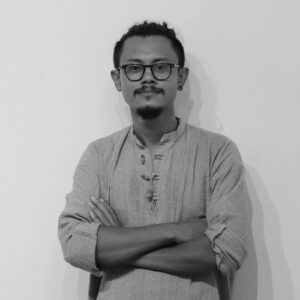
Manjit Gogoi
Project Title: Working on it.
Materials are silent witnesses to time—absorbing histories, bearing the weight of human intervention, and evolving through cycles of use, abandonment, and reinvention. This project delves into the existence of materials within the urban environment, tracing their origins, transformations, and eventual reincarnations through sustainable practices. It seeks to interrogate the life cycle of materials—how they emerge, how they are consumed, and how they persist or being camouflaged within the modern landscape.
At its core, this exploration engages with discarded and overlooked substances—construction debris, industrial remnants, plastic waste, and organic fragments—investigating their identity and questioning their role in the ecosystem of urban life. By upcycling these materials into artwork, the project reconstructs their narrative, inviting viewers to experience the chaos between permanence and decay, consumption and renewal.
By situating material within a state of flux, the project invites us to reconsider our relationship with the elements that shape our world. It challenges us to see beyond the transient nature of consumption, toward a future where materials, like us, exist within an evolving continuum—one where sustainability is not just a practice, but a dialogue between past wisdom, present consciousness, and future innovation.
Artist Bio:
Manjit Gogoi is an artist whose practice is deeply intertwined with the landscapes that have shaped him both natural and urban. Born and raised in the verdant countryside of Assam, near the Kaziranga National Park, he grew up attuned to the rhythms of nature, where land, water, and life coexisted in a delicate balance. Gogoi’s artistic journey began with a strong connection to the materiality of his homeland. His work has been showcased in various group exhibitions, including Against the Grain (Art Lune, Alliance Française de Delhi, 2024), First Take 2023 (Abir India, Ahmedabad), RAAG (Dot Line Space, The Great Eastern Home, Mumbai, 2023), amongst others. At its core, Gogoi’s practice is an ongoing dialogue between matter and memory an attempt to reimagine a world where sustainability is not an afterthought but a way of seeing, where every fragment carries the weight of histories untold and futures yet to be shaped.

Aman Gupta
Fragments of Time
“Fragments of Time” explores the layers of memory, labor, and transformation through painting and interactive art. This project is inspired by my journey from housekeeping to becoming the Art Gallery Incharge at Nine Fish Gallery. The exhibition invites the audience into the intimate process of reclaiming forgotten materials and memories, using abstract compositions and tactile engagement to bridge past and present.
Artist Bio:
Gallery Assistant at Nine Fish & Dot Line Space (since 2018), Aman Gupta is responsible for Managing and maintaining day to day administration at the gallery. He is in charge of various tasks such as client addressing, defining art catalogues, sales, marketing, promotions, compiling and organizing art packages, events, receptions, also providing assistance in public relations and marketing.

Somnath Sarkar
Echoes of Time: Tracing the Past, Present, and Future of the Great Eastern Home
The Great Eastern Home, established in 1839 as a thriving cotton mill, embodies layers of history, resilience, and transformation. This project, born from my fascination with the mill’s enduring spirit amidst Mumbai’s industrial shifts, explores its past, present, and a speculative future through three interconnected works: a video art piece, a mural, and an installation. The mill’s survival, while others succumbed to change, serves as a powerful metaphor for the endurance of memory and the inexorable passage of time. I aim to evoke a sense of nostalgia, melancholy, and hope by weaving together reality and fantasy into immersive experiences. The past’s imprint on the present is palpable, while the future emerges as a possibility shaped by this history. Each artwork acts as a visual and sensory bridge between these temporal realms, inviting audiences to connect with the mill’s evolving narrative and contemplate their own relationship with time.
Artist Bio:
Somnath Sarkar, a multidisciplinary artist from West Bengal, India, excels in printmaking and visual arts. He earned his Bachelor of Fine Arts from Bengal Fine Arts College in 2017 and a Master of Fine Arts in Printmaking from Indira Kala Sangeet Vishwavidyalaya in 2020. His work has graced national and international platforms, including the 63rd National Exhibition of Art (2023) and the Tirana International Graphics Biennale (2022). A recipient of multiple awards, including the LKK Award of Photography (2022), Somnath completed an art residency at Dot Line Foundation, Mumbai, in 2024, and actively shares his expertise through exhibitions and workshops worldwide.
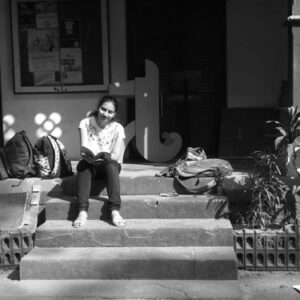
Tanvi Patil
TBD
This is a digital artwork that explores how food, culinary traditions and practices are ways to remember, preserve and connect to different identities and memories. I would like to explore how food prepared at home and packaged food act as personal and collective memories.
Artist Bio:

Suryasarathi Bhattacharya
TBD
Remember Me Until the Winter is a deeply personal exploration of memory, identity, and time, woven together through photographs, text, and music. This multimedia installation invites viewers into an immersive experience that reflects on the impermanence of memory and how it shapes both personal and collective identity. As memory itself is not static, the work will evolve—offering a fluid narrative that engages with how our recollections shift and transform over time.
At the heart of this installation is the juxtaposition of archival and contemporary photographs with fragmented text, layered in an evolving sequence. The accompanying soundscape, a blend of both instrumental and vocal compositions, will help guide the audience through forgotten moments, fleeting memories, and the passage of time. These mediums will not only complement each other but will create a space where memory becomes something alive, not fixed in the past but shifting as we revisit it.
The integration of old songs—songs with deep personal resonance—will further deepen the emotional connection, evoking memories that are specific yet universal. These elements will intertwine, creating a multi-sensory experience that fosters reflection on how we remember and the forces that shape our recollections.
Artist Bio:
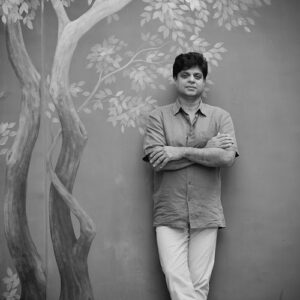
Anurag Kanoria
An Aesthetics of Re-looking beyond the Mill Compound
Having grown up with a family owned textile mill has had its ‘too obvious’ impact on my life, an impact that has deeply infiltrated every aspect of living and creation over the years. Having experienced the last of the golden years of the mills as a child and then going through the slow decline and decay of the mills as they were slowly forgotten and isolated into hotly contested spaces by only a few interested parties.
I therefore choose, taking the – perhaps consciously perpetuated – decay of the mills and so much that is lost as a starting point: the metaphor of a decay, also consciously enacted, of larger destructions that surround us, and while this very mill has now also re-manifested itself as a site of art and creation, what that very act of making art means in a world that falls apart around it. It is no doubt a bleak view, sans any cathartic energy, but be that as it may. War and destruction surround us and art is part of it. My works, made in ceramic, by nature fragile and brittle, suggest that the larger scenes of destruction make ecology and war the main concerns that artistic dialectics must engage with.
Artist Bio:
Dr. Anurag Kanoria grew up in Mumbai amidst an atmosphere where the arts, booksand travel were part and parcel of daily existence. Dr. Kanoria heads The Great Eastern Home, a veritable treasure trove full of vintage furniture, fine antiques, paintings, artefacts and rare collectibles. He subsequently started Ficus Fine Living, a much more contemporary brand for elegant home furniture and décor lifestyles for the affordable luxury section of the market. Ficus currently has one store in Mumbai and another in Colombo.
In 2015 he established the Nine Fish Art Gallery. Nine Fish Art Gallery has since exhibited both national and international artists. It has consistently and independently provided Art Residencies and studio space to upcoming young artists as well as hosting three consecutive Art35 events over the years.
Nine Fish Art Gallery aims to lend its space in support of tribal art and craft practices, while bringing within its ambit research/documentation projects in the field of architecture and design.
Dr. Kanoria holds a B.Com and an M.A.(Economics)from University of Mumbai, as well as a Post-Graduate Diploma in Aesthetics. He also holds an M.A.(Literature)from Northeastern University Massachusetts, USA. His thesis delving in issues of the evaluation and production of aesthetics in a post-modern age resulted in a PhD from the University of Mumbai.
Dr. Kanoria haslectured on design and aesthetics at various institutions like the IIT, University of Bombay, Lovely University etc. He has been a thesis guide to design students at the National Institute of Design and has been a mentor to a whole new generation of young artists and designers in the Indian sub-continent. He is also an active member of Kanoria College in Jaipur (University of Rajasthan).
Last but not the least, Dr. Kanoria is truly and well bitten by the travel bug. He broadens his horizons on a regular basis through his travels and has visited many a forgotten corner of the world – Libya, Yemen, Congo, Eritrea, Madagascar, Namibia, searching for antiques, visiting artists and collectors, spending time with quirky idiosyncratic folks – all accompanied by the quest to see more, learn more and grow more.
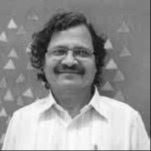
Anant Nikam
Monumental Copper Collage Pyramid - Ascendant Echoes
A large-scale pyramid sculpture; a unified form constructed from individually prepared copper pieces , collaged together. This approach allows me to combine monumentality with the intricate detail derived from my printmaking expertise.
Each copper pieces will be a distinct element, textured and patterned using etching and other printmaking techniques before assembly. This process enables a rich vocabulary of surface variations. The assembled pyramid will showcase these textured sheets, with the seams and joins contributing to the artwork’s aesthetic and emphasizing the layered construction.
This sculpture will explore themes of aspiration, transcendence, and the diverse expressions of faith and belief. The pyramid, reaching skyward, symbolizes collective human yearning. The use of copper grounds these aspirations in the material world. The individual copper pieces , with their unique symbolic designs, represent different facets of spiritual expression.
The etched designs on the copper will draw upon my observations of diverse religious practices and beliefs, incorporating symbolic elements that represent various rituals, sacred symbols, or abstract interpretations of faith. The pyramid acts as a meeting point for these diverse expressions, highlighting both their distinctiveness and their shared human quest for meaning. The act of collaging these symbolically charged sheets mirrors the way individual experiences and beliefs contribute to a larger human narrative.
“Ascendant Echoes” represents a significant evolution in my artistic practice, merging my interest in the pyramid form with my expertise in printmaking and assemblage to create a work that is both monumental and deeply personal.
Artist Bio:
Anant Nikam completed his art education from the Government School Of Art Aurangabad in 1982. He has participated in several art camps, workshops, and major exhibitions at state and national levels. He has participated in the Indian Printmakers Show organised by the Scottish Academy of Asian Art at Intermedia Gallery, and the Finge Gallery, Glasgow. He was part of Dr. Krishna Reddy’s Print Making Workshop held at Sir J.J. School of Art, Mumbai. He participated in the Link Exchange program between Glasgow Print Studio and Sir J.J. School of Art, Mumbai. He was a part of the ‘International Art Festival’ at Edinburgh, Scotland, UK. He has conducted print making workshops at Glasgow print studio Scotland, UK. He was awarded the Maharashtra State Art Exhibition, Honorable Mention, First Bharat Bhavan International Biennial of Print, Bhopal (M.P.), He has received an Honorable Mention at the 34th National Exhibition of Art, Lalit Kala Academy, New Delhi, and Awarded Fourth Bharat Bhavan Biennial of Contemporary Indian Art, Bhopal, 50 years of Independence Exhibition of Mumbai Artist organized by N.G.M.A.,Mumbai.
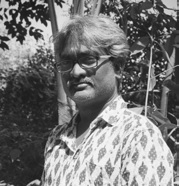
Hansodnya Tambe
Quantum square. Particle unit square
Places like Nine Fish feel similar to the Quantum Square. This place, like many others, is also a part of the Earth’s essence. Amidst the changing, cluttered life of the city, its natural richness and primal beauty captivates me. The verbal expansion of Quantum Square is as follows: A particle expands into a point, a point expands into a triangle, a triangle expands into a square, and a square expands into an eternal, singular form.
There are no walls in nature—only valleys and peaks. A valley tries to show the limited depth of the earth, while a peak tries to show the boundlessness of the sky as something finite. Though different, both are two non-dual forms of the same existence. And within them, including myself, we are all units of this non-duality. This realization became clearer to me.
The Quantum Square Wall is a non-dualistic wall. It manifests when we observe it; the way we perceive it determines its form—appearing stable and fixed when observed in a certain way, or dynamic and fluid when not. Each quantum particle exists as an independent, self-sufficient, eternal entity. Its appearance depends on human perception, but in essence, each quantum unit is singular. The identity of the Quantum Square Wall is fundamentally one and only one—like the primordial Omkar Satnam. This identity, this existence, is expressed as Aham Brahmasmi, Anal Haq, Ittla, and Appo Deepo Bhava—the realization of the self as the ultimate truth.
Artist Bio:
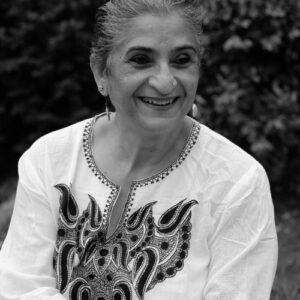
Viji Venkatesh
Standing Tall - Mumbai’s Mills and its Boons
How this city and its work spaces and workers taught me how to live and work in it and love both. Five decades in one city and so many memories telescoping within that time frame allowing for so many vistas yet one vision. There are no external factors. What you seek is within you; what defines you is in your hands and the world looks at you as you see yourself. Stand tall like the mills’ chimneys and no one will look down at you.
Artist Bio:
73-year-old Viji Venkatesh has devoted more than half her life to cancer care working in cancer awareness, patient welfare and advocacy since 1987. The last five years have also seen her emerge as an actor of note having entered the world of Malayalam and Tamil Cinema working with some top names like Mammootty, Fahadh Faasil and Jayaraj. She has just retired as Region Head, South Asia, The Max Foundation while continuing to contribute on their Board of Directors. She also leads the awareness and fundraising campaign called Chai for Cancer and is on the Advisory Board of Dot Line Space Art Foundation.


